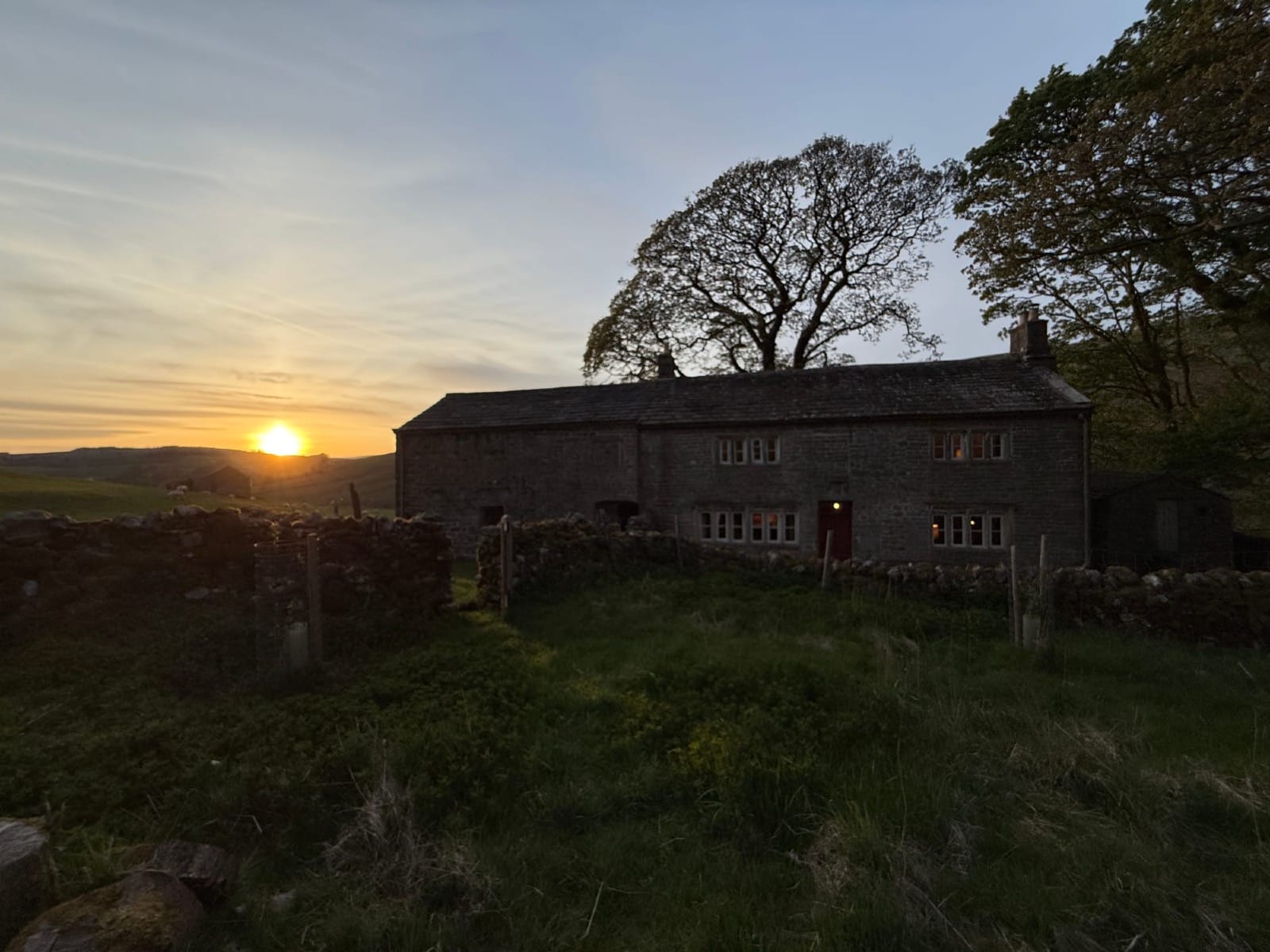
Cowside: Part One
⚡️ View the latest digest and the full archive here.
📐 My Goals ℹ️ Donations Page & Status 📸 MPP Status 🛍️Shop
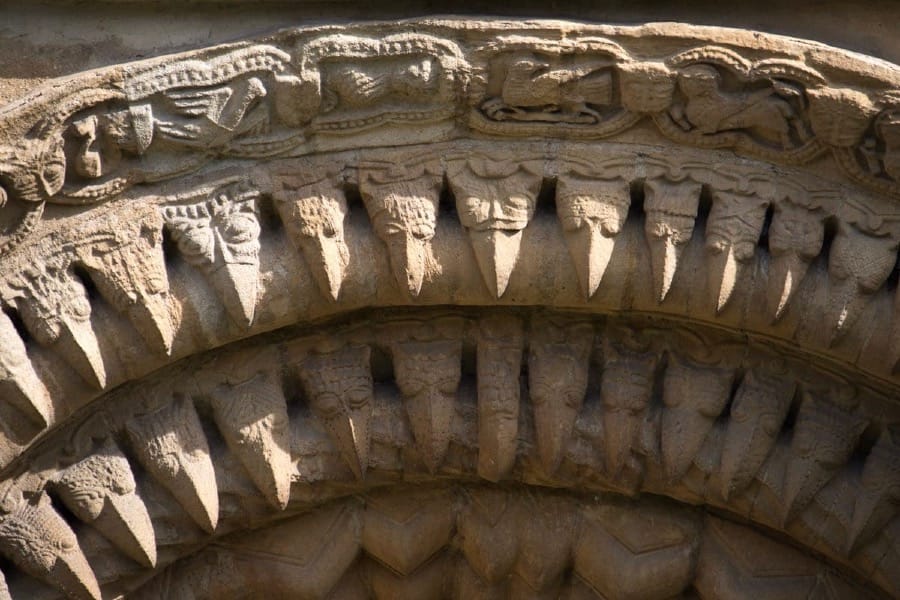
Look closer at St. Mary's in Iffley and you will see a facade full of Romanesque emoji's - little beakheads - each with their own identity.
"The rain surrounded the cabin…with a whole world of meaning, of secrecy of rumour. Think of it: all that speech pouring down, selling nothing, judging nobody, drenching the thick mulch of dead leaves, soaking the trees, filling the gullies and crannies of the wood with water, washing out the places where men have stripped the hillside… Nobody started it, nobody is going to stop it. It will talk as long as it wants, the rain. As long as it talks I am going to listen."
Thomas Merton
The Vow
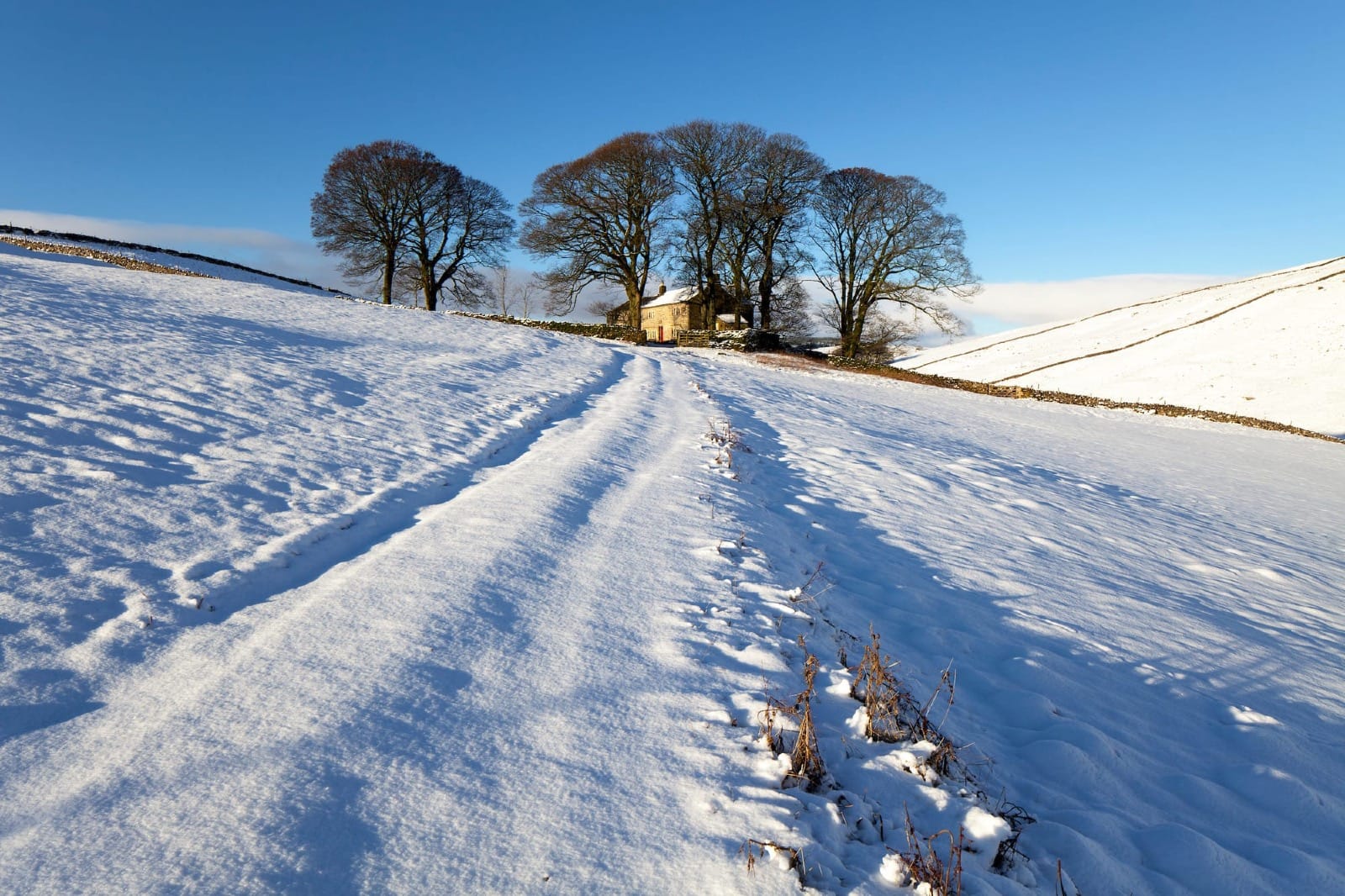
I’ll never forget the first time I saw Cowside in Langstrothdale - cosseted by a copse that was rudely thrust out onto the horizon from the blanched arc of a hill. My task that day was to photograph the building for the Landmark Trust, but getting there had been one of the most arduous journeys of my life. I’d spun the car in the snow at Hubberholme, where I was unceremoniously towed off the bridge and back onto the road by a bemused farmer.
I abandoned the car a mile or so from the farm and set out along a track that snaked beside the river Wharfe. I can’t remember much about photographing Cowside; for most of the time I was held in a state of suspension. I felt a profound connection to this place. What I do remember is the tremendous sense of catharsis I felt when I had finished, slip-sliding down the frozen hill towards the car. The last thing I said to myself as I drove away was: I will return and come and stay one day.
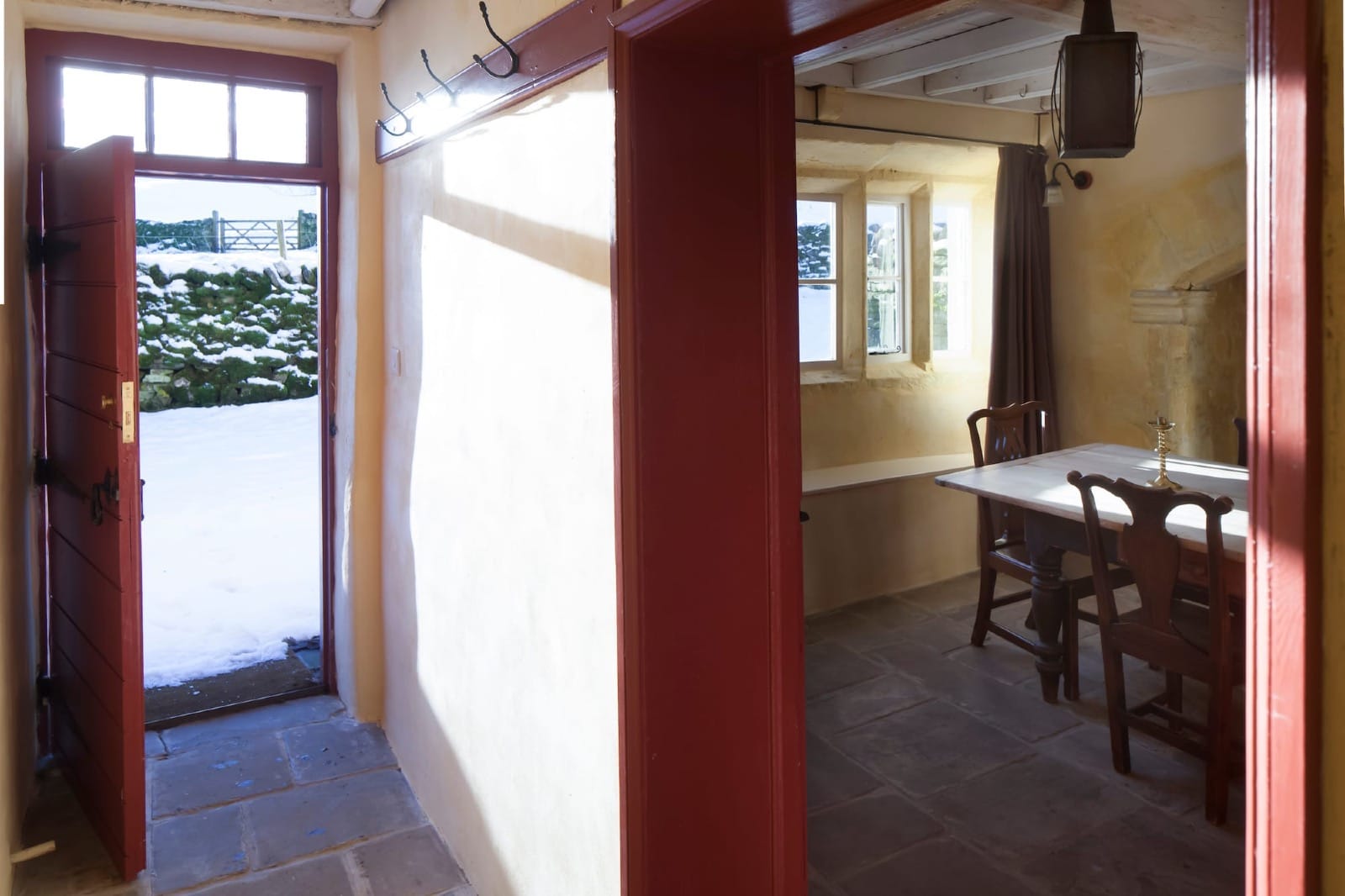
Ever since I photographed Cowside, returning became a vague intention that occasionally bubbled up to the surface, ribboning through the everyday detritus of thought. The memory of it would come when I least expected it; sometimes whilst sweating it out on a photo-shoot, or leafing through a book at a library, or even taking out the rubbish from the van. Sometimes the thought would be subconscious, surfacing just enough to light me up briefly with its origin; other times it would hit me like an early morning dip.
And so, in that way, the vow remained deeply folded inside me. My thoughts, when unpicked, were never born of one thing alone: not just the building, nor the trace of its history, but the way its vernacular grew incrementally from the copse. Into that mysterious brew of longing poured the tales that drifted through this place like the smoke from its gabled stacks, mingling with my own faltering, monochrome journey towards it.
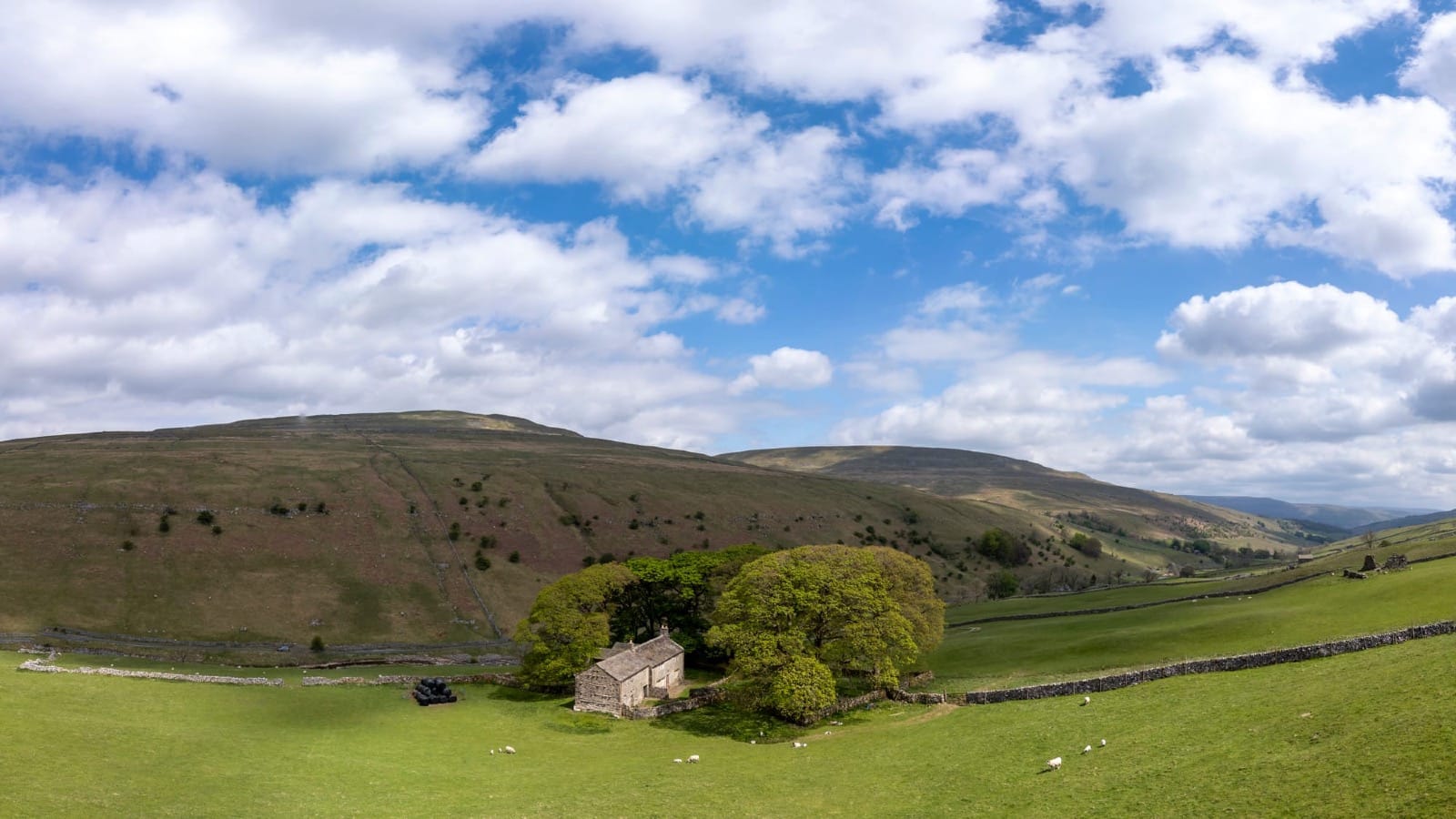
The whole history of England can be traced along the river Wharfe that canters beside it; from the ancient stone circle at Yockenthwaite, through the Roman settlement at Ilkley, the medieval Cistercians at Bolton Abbey, Georgian Harrogate, Victorian Bradford, and on to modern Leeds.
Over the years between then and now I have walked the dale in ever-decreasing circles, drawing closer each time, as though the paths themselves undulated towards the farmstead. Each time I felt the same sensation—that of being held and contained within another world. Langstrothdale has a way of closing in gently around you; not in confinement, but in companionship. The fells sweep wide and high, without slipping beyond human reckoning. The valley sides, the clints and grikes, the drystone walls and clustered farms, the ribbon of the Wharfe; they belong to one another, and I belong to them.
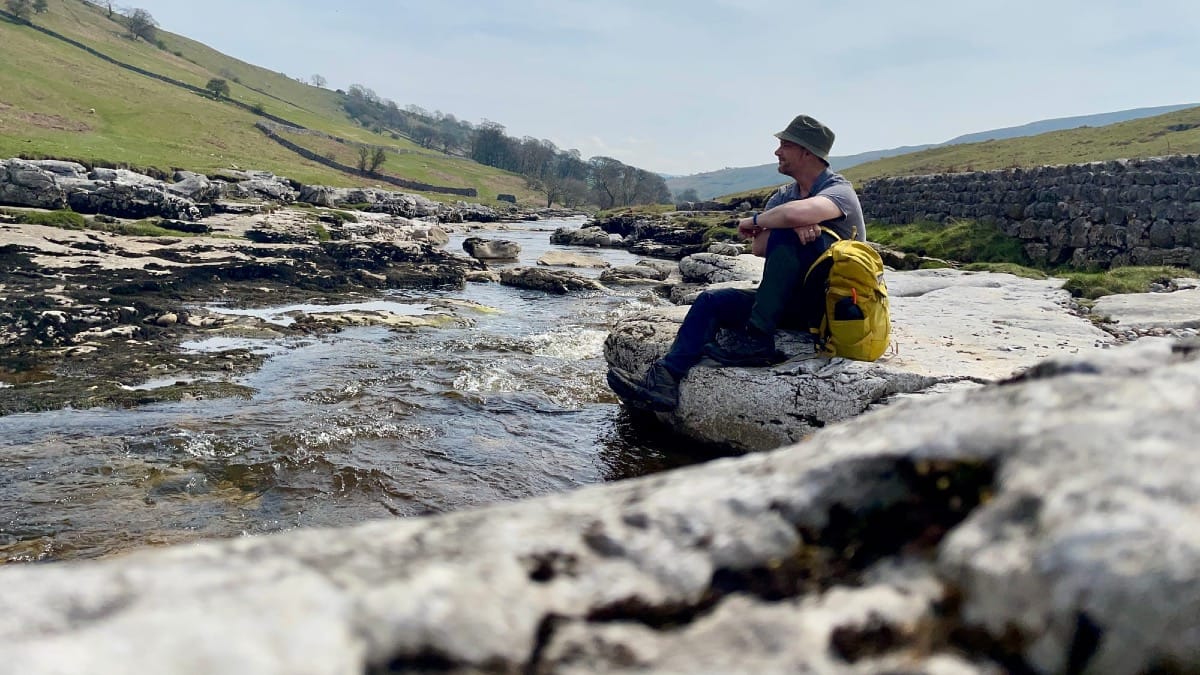
I have walked here in all seasons: past the old humped bridge at Yockenthwaite, inscrutable and timeless; by Hubberholme church where Priestley rests. Each walk has left me with the feeling that time itself behaves differently here in the dale. This valley is like a container; time past and time present coursing within, and through the cycle of life here, a kind of eternity exists that comforts me.
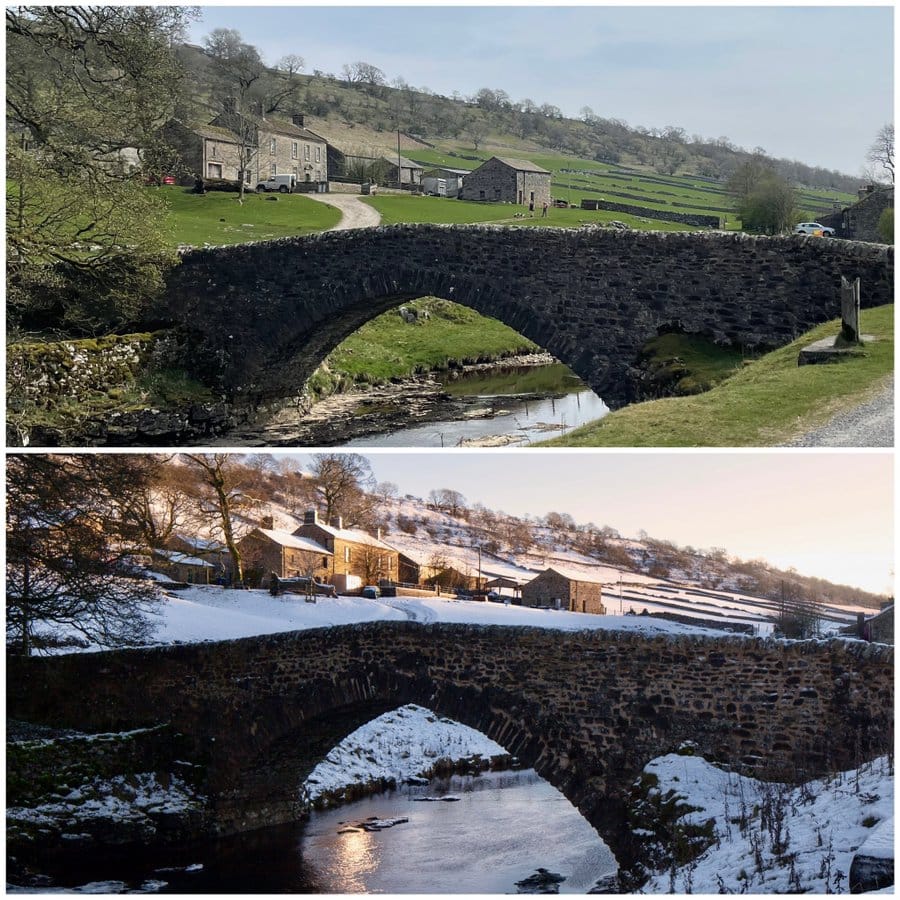
Now, more than ten years since that first arrival, I find myself once again beside the Wharfe in search of something. I’m seeking patterns, I’m seeking coherence, I’m seeking sanctuary. I walk the track again, but this time during a kinder season. As the hill rises before me I can’t help but feel the valley sides gather me in.
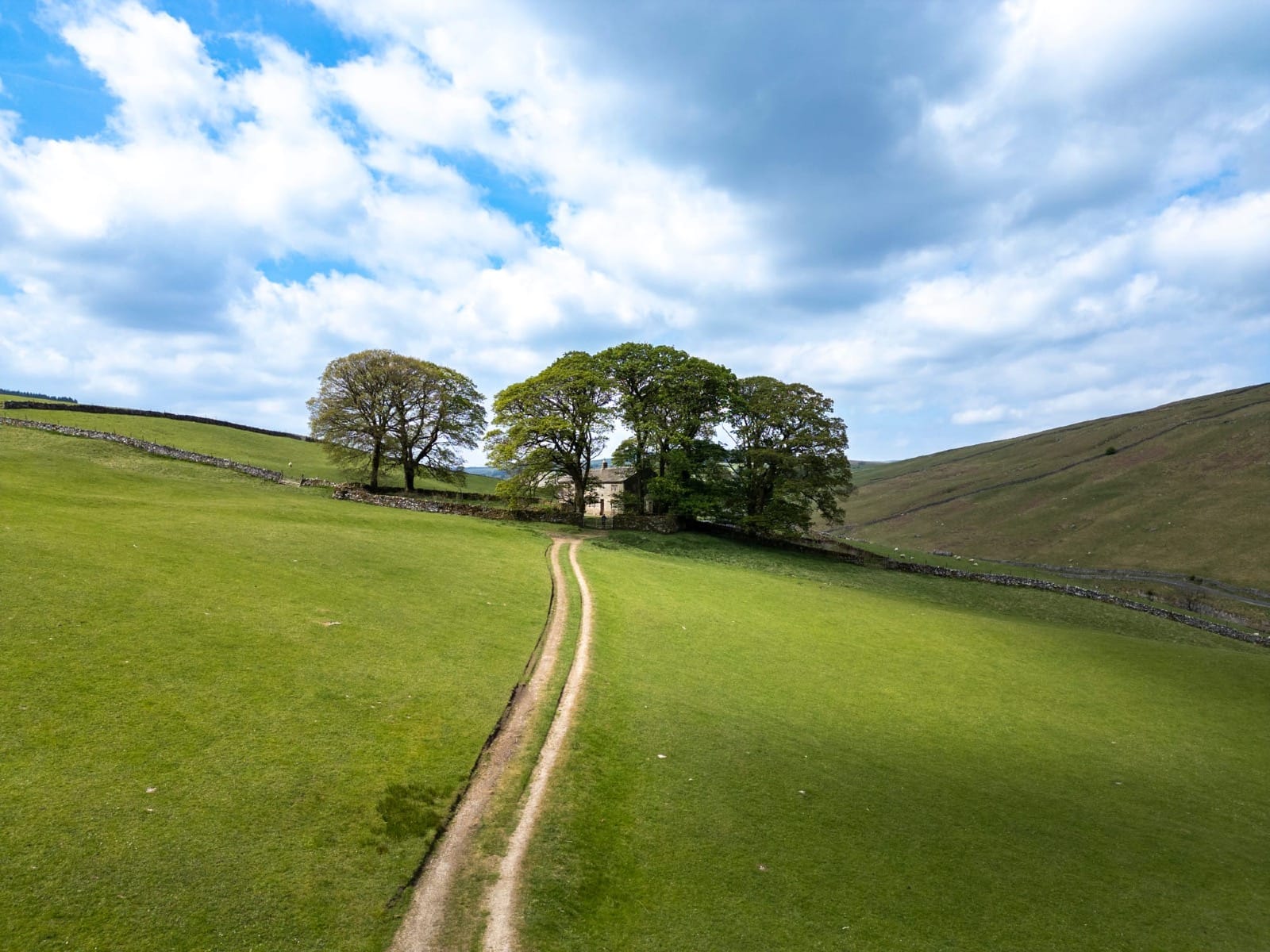
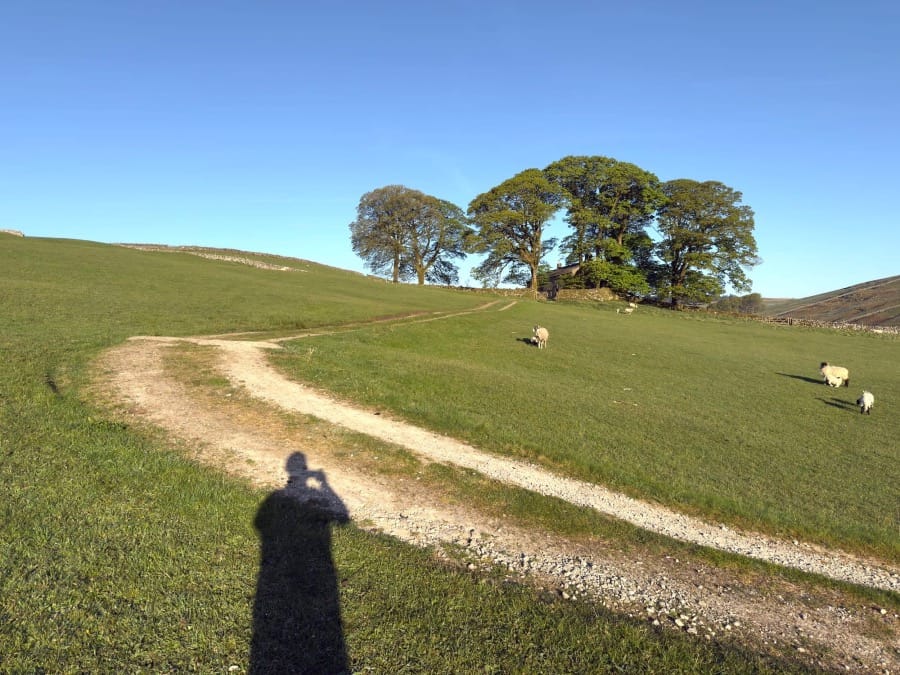
I have to admit that, shortly after I arrive, I feel that I have found a kind of antidote to the vagaries of the present; one that takes me completely away from it. The feeling is accompanied by a kind of guilt, perhaps borne of the idea that I am dipping out of the world, turning my cheek.
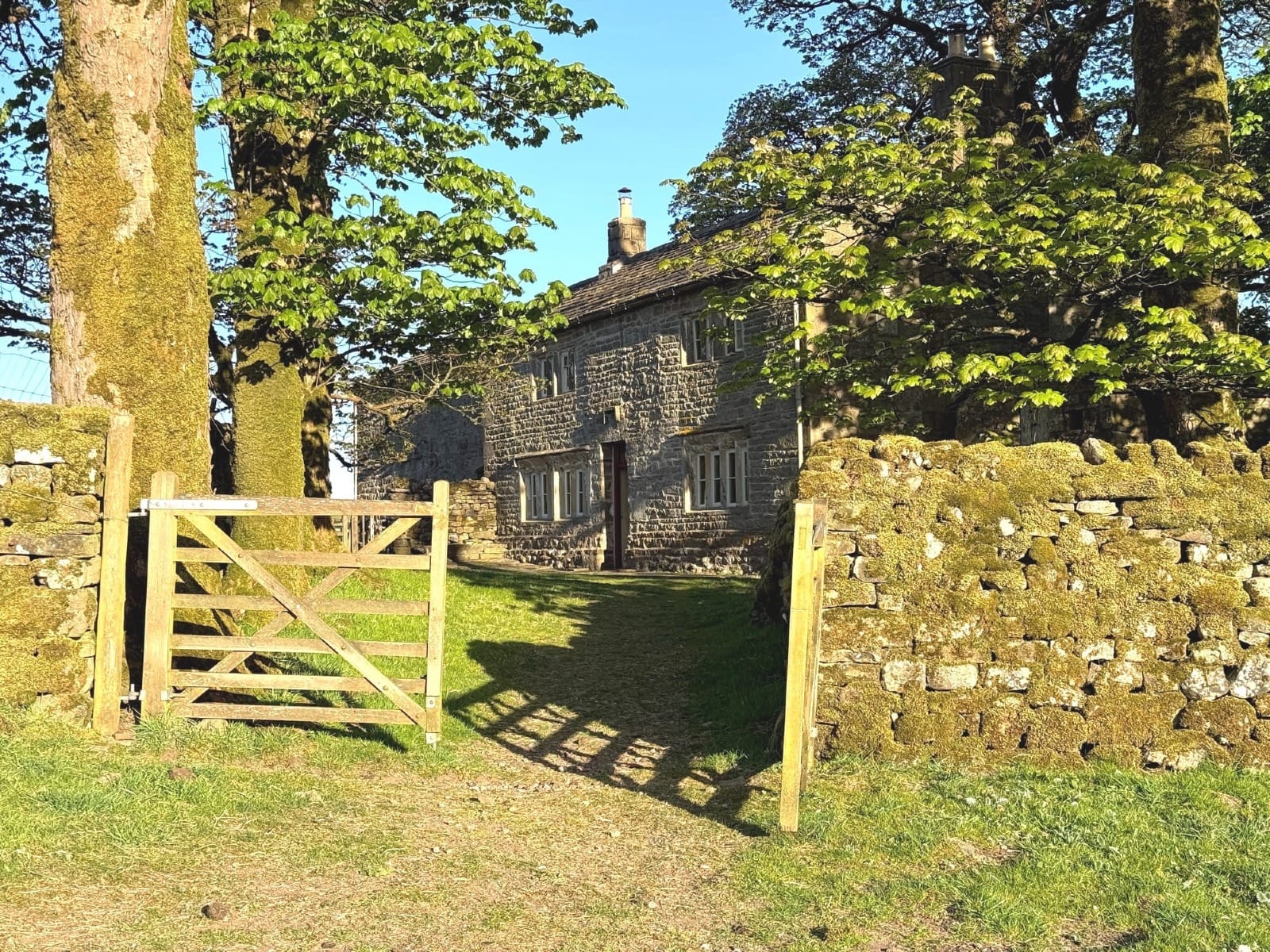
Yet, in this moment, stood upon the threshold, I can sense the power of this place – stripped back from the world and everything in it – and my guilt begins to turn to hope; for caught within this wondrous web of walls and tracks lies the best of humanity, our inescapable bent towards coherence and connection, writ large through the material remains of thousands of years of history.
To think of the farm is to feel the whole dale gather round it. Historian, Caroline Stanford says that “despite the vastness of the sweeping fells, there is soon a sense of intimacy and close local connection through the centuries with the farmsteads that dot their slopes and with the lives of their inhabitants.”
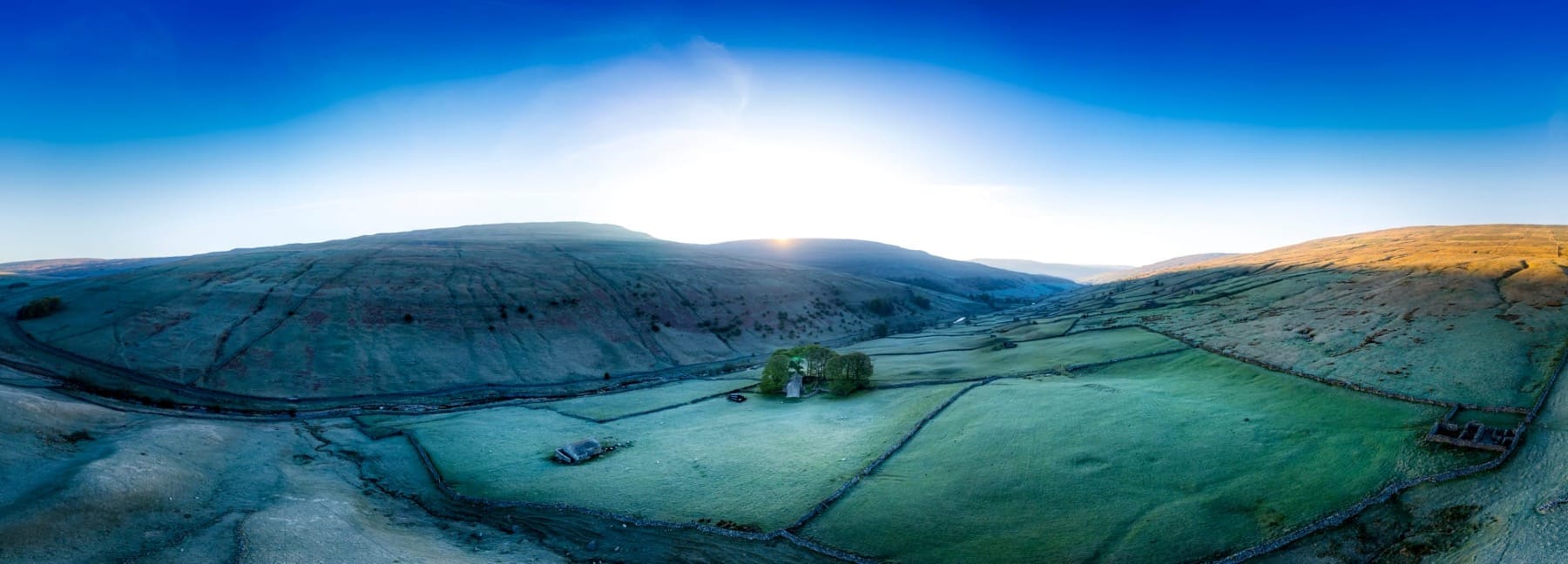
Whilst passing through the dale, I have sensed that myself; each place alive with its own rhythms of song, devotion, tale, and memory. Yockenthwaite, Beckermonds, Scarr House and Cray: names that carry the cadence of Anglian, Old Welsh, and Norse—a weave of dialects that still shapes the voice of the people you meet up here.
There should also be a twist of the French here, carried in through the Cistercian granges whose reach was vast and whose flocks once scoured these hills. Not far away, over the moor runs Mastiles Lane, the great monastic road towards Malham Tarn, worn by monks driving sheep to summer pasture; and beneath their feet lay the stones of a Roman road, stitching this dale into a deeper, older story.
Pushing open the door, I feel the blood run hot through my veins as I step into the hallway and see this place again for the first time in over ten years. Nothing has changed; the past here sits cheek by jowl with the present.
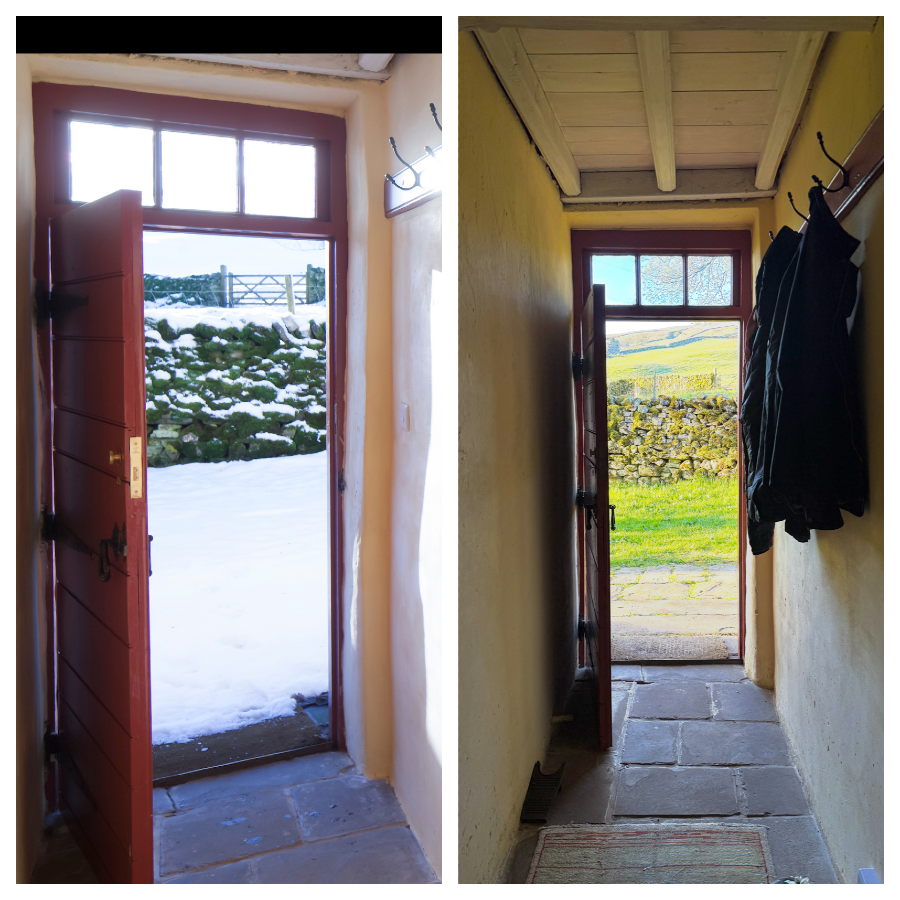
In a world that has spun out of kilter since my first visit; one where all is not as it seems, one full of smoke and mirrors; I have never felt more in need of seeing this place: one that lives outside language, one that in its visual truth is incorruptible as the rain that runs through its gulleys.
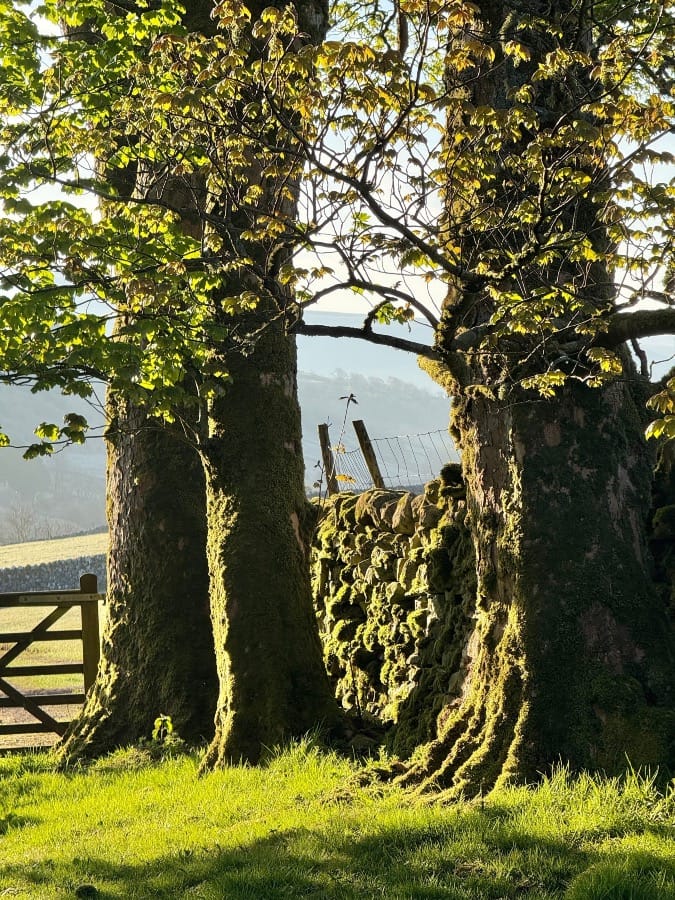
I peek inside the kitchen and see the vast inglenook again, until a strip of light draws me on towards the parlour door.
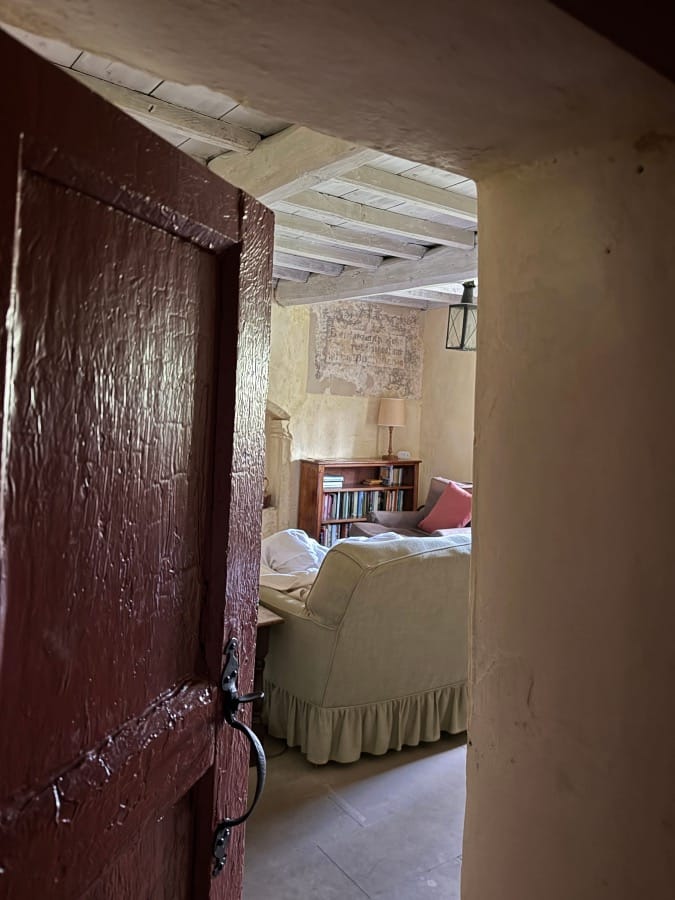
I open it and walk inside; the room is dimly lit but the patterns on the wall pull me onwards until I stop and rest my eyes on some words etched upon the limewash:
“Better is a dinner of herbs where love is, than a stalled ox and hatred therewith.”
I look out of the window and see the rooks rise up the dale side. Seen from above, the farm is of the dale rather than on it. Seen from above, the Wharfe beneath twists like a skein of light, binding past to present, carrying me forward as if in flight.
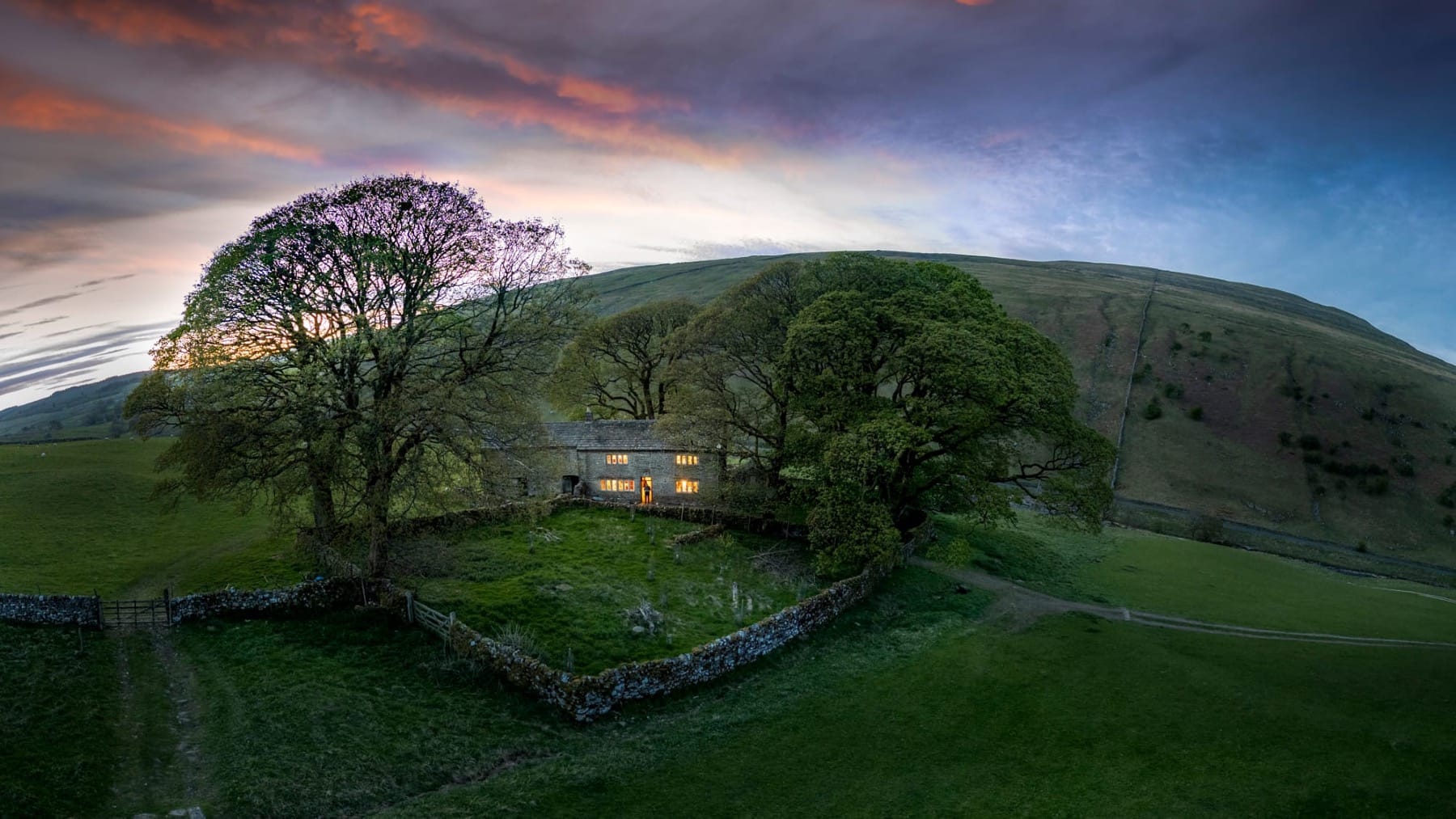
To be continued...
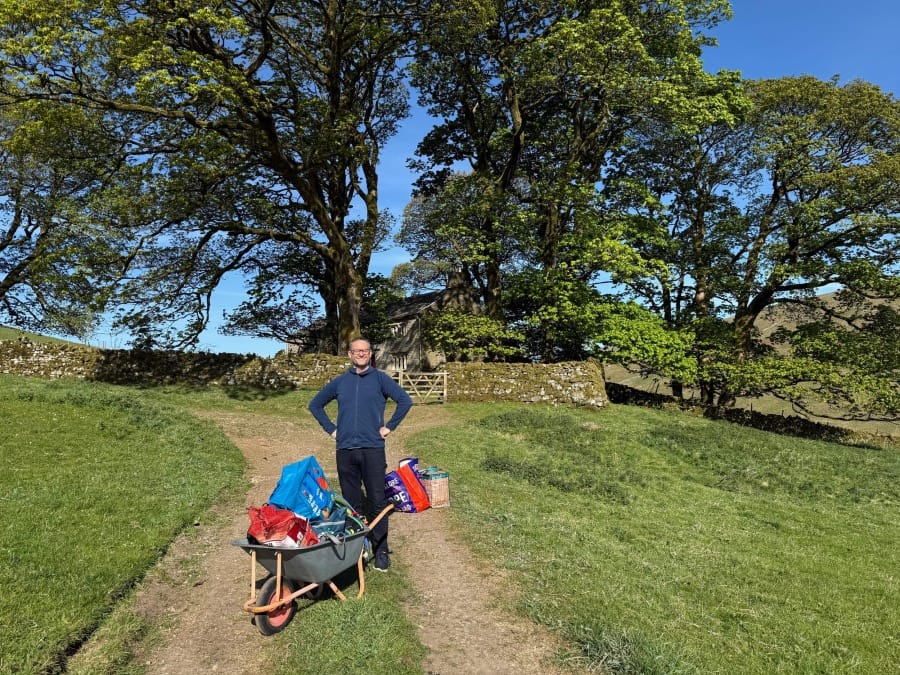
Can you help the Digest thrive and keep the journey going?
Your membership keeps the Digest free and supports a creative - with extra benefits just for you.
Support The Digest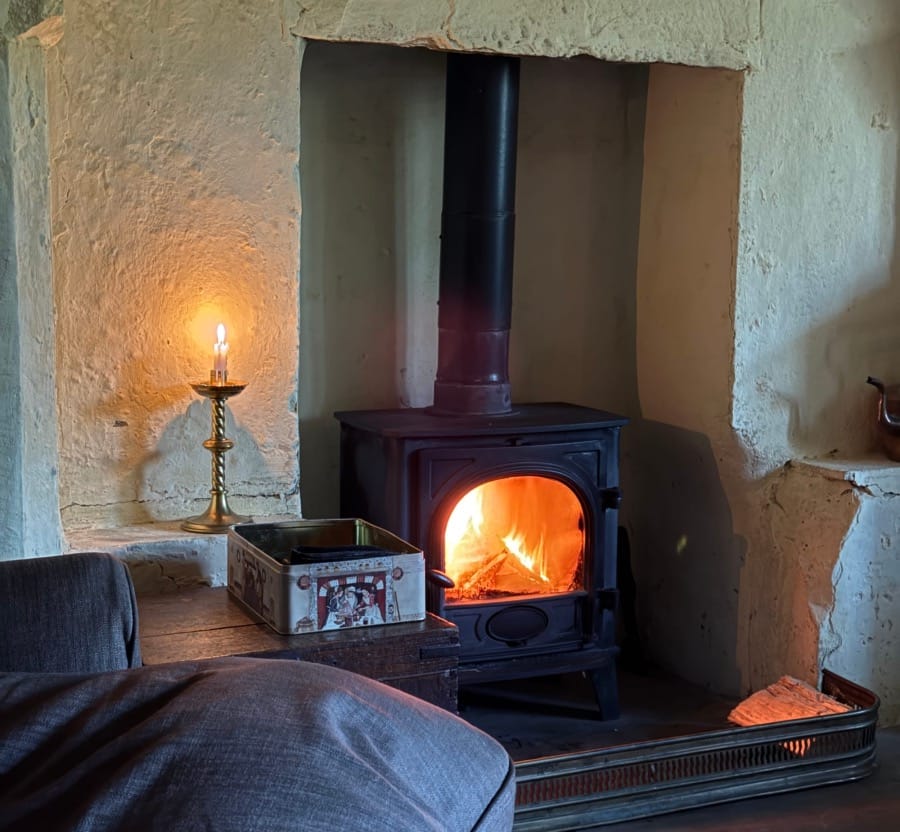
Next week we will hunker down inside Cowside next to the glowing stove, but before we do - I think it best to get to know the place where it resides...
Langstrothdale.
The 'baby' Wharfe runs the length of Langstrothdale - but Wharfedale doesn't start until it meets Cray Gill. Here the White Lion sits on a site where there is said to have been a drover's inn since medieval times. The name is said to come from the roar of the waterfall nearby.
The White Lion at Cray
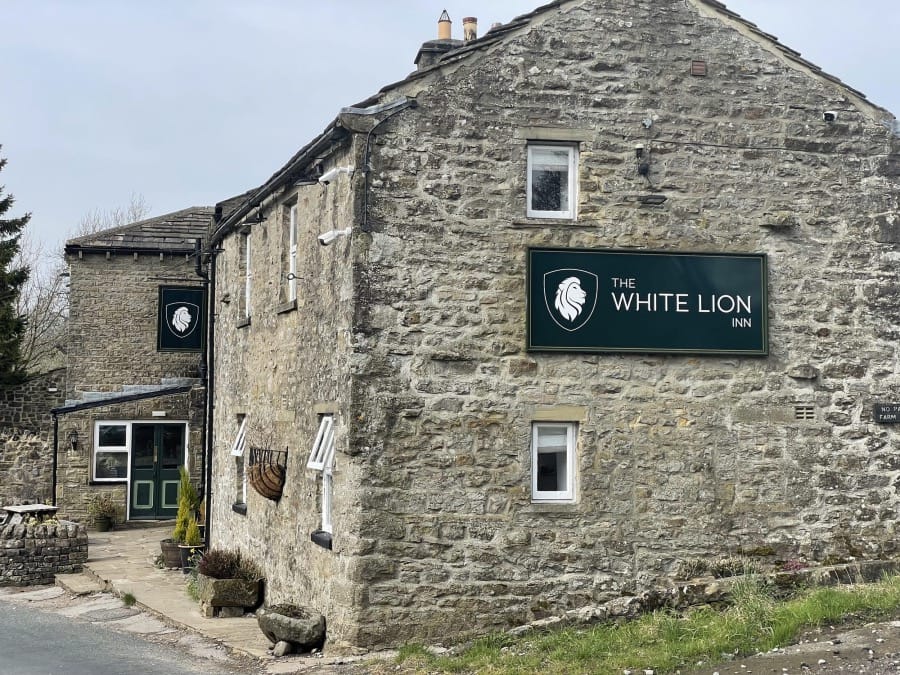
The Laithes
If you skirt around the side of the moor, you'll come across several old and ruinous stone barns known by the old Norse word Laithe. I could spend all day photographing just one of them.
It’s a curious feeling: there’s a need to scour the detritus for clues of human occupancy. I concoct a story by scanning the standing stones. A door has been blocked with infill. A stack of stone slates stands outside in random sizes. There are linear grass bumps where purlins have fallen. The through stones are enamelled in moss. There’s a shrinking of its purpose. I notice another laithe further along the scarp. It’s in pristine condition and I realise that the derelict building in which I’m standing is sacrificial; it is resurrected in stops and starts, in stone patches and roof parts, in its cousin up the brew.
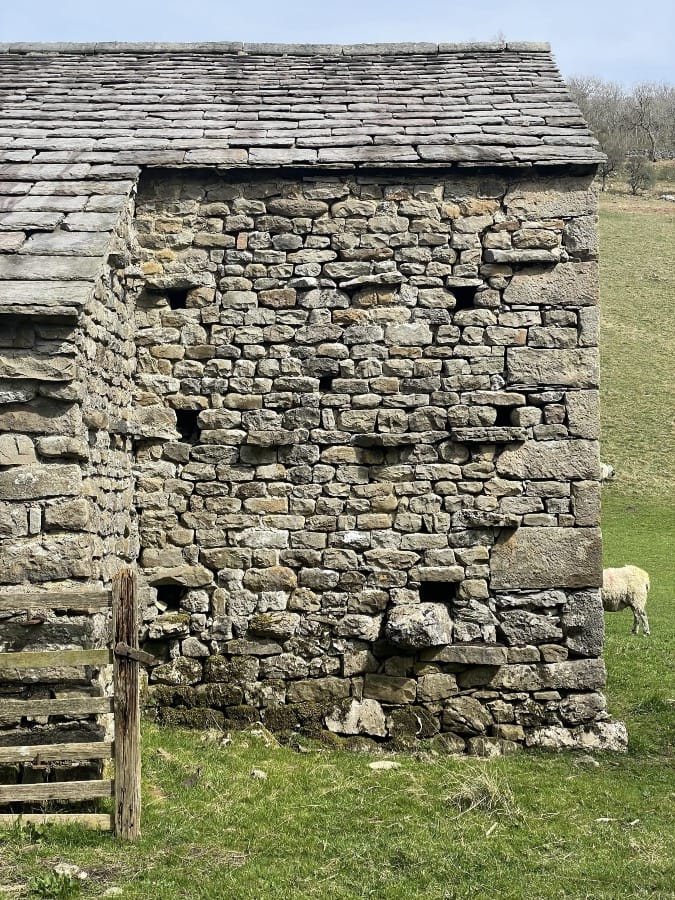
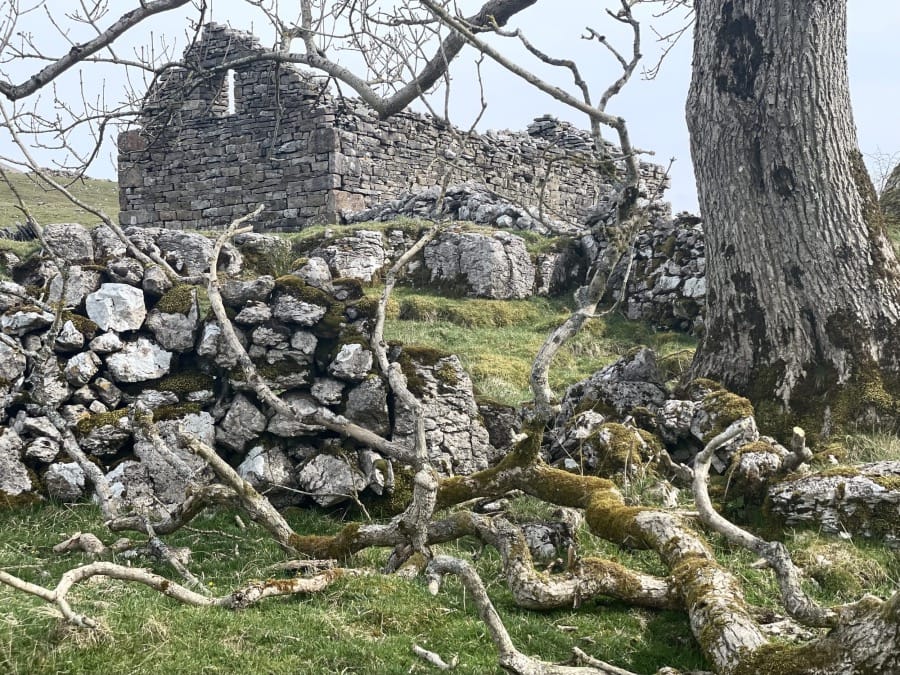
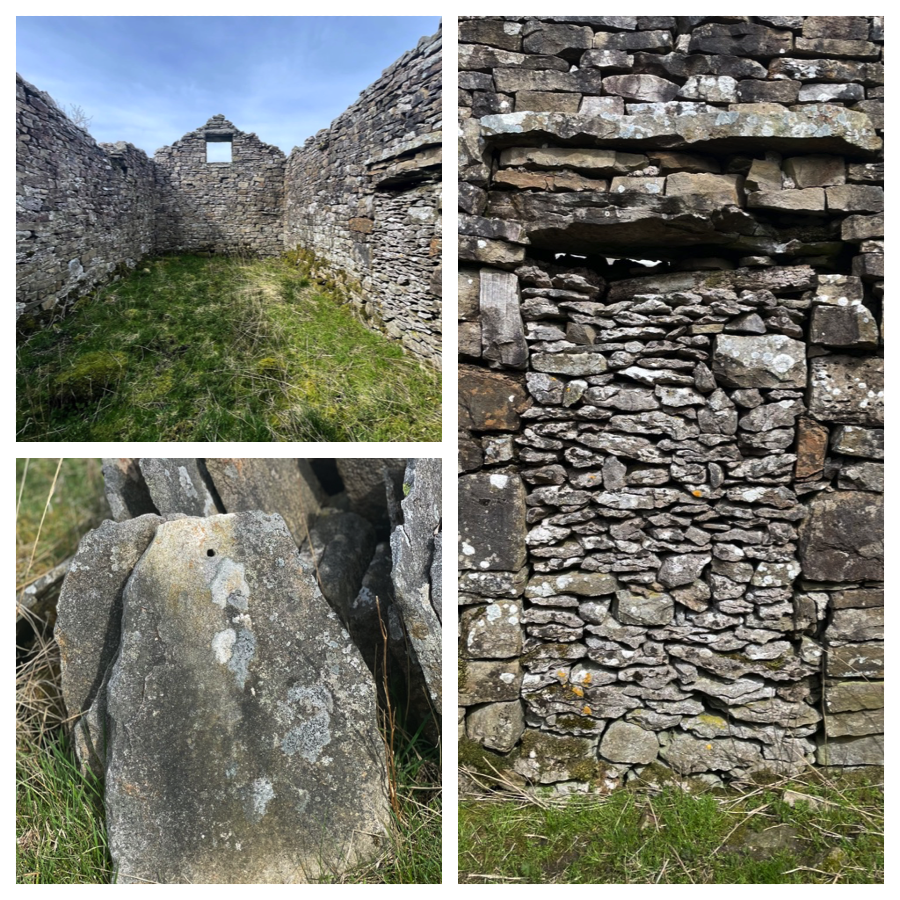
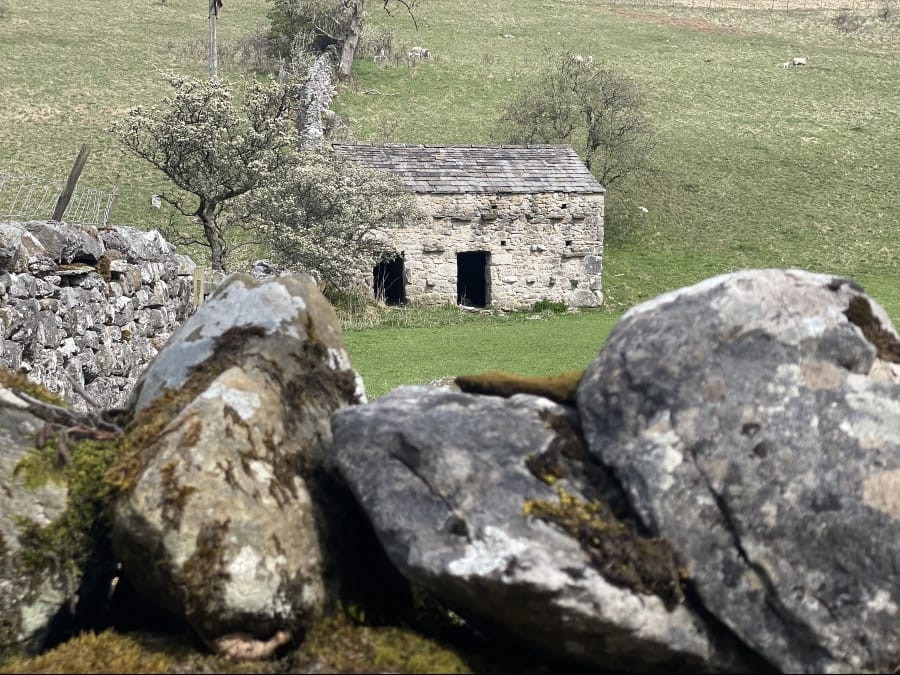
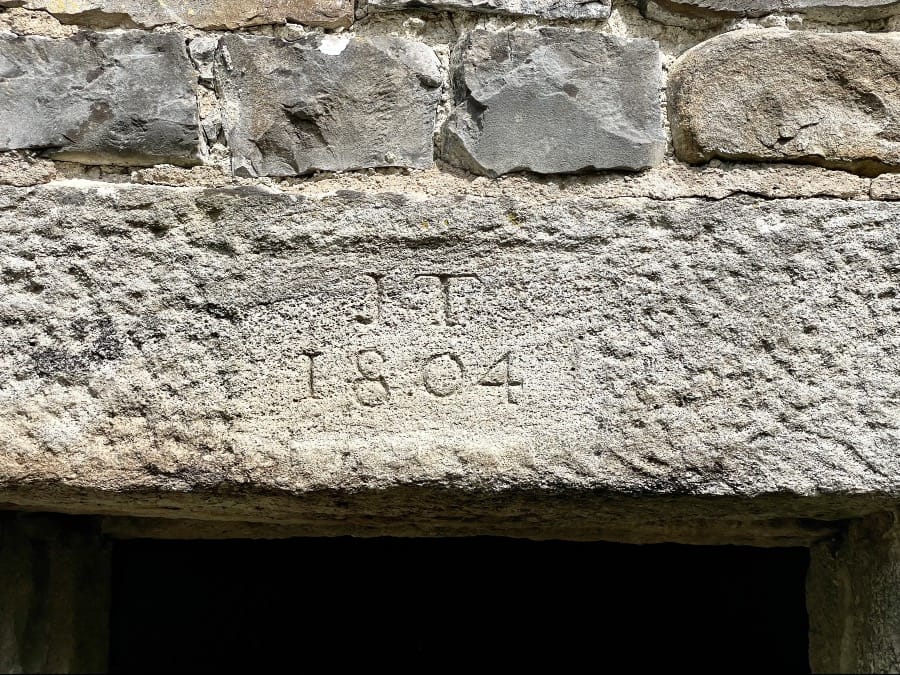
Yockenthwaite
Just a small hamlet - a farm and some outbuildings and the bridge over the Wharfe. The name derives from “Eoghan's clearing in a wood”
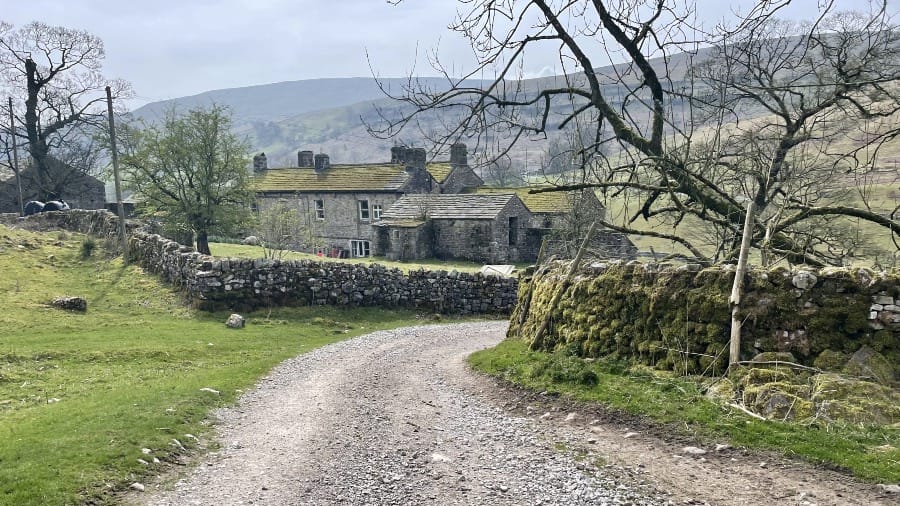
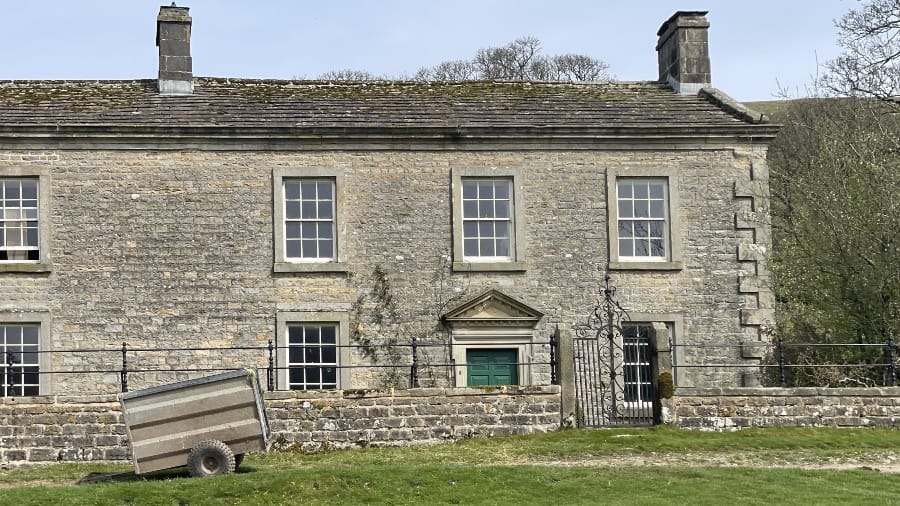
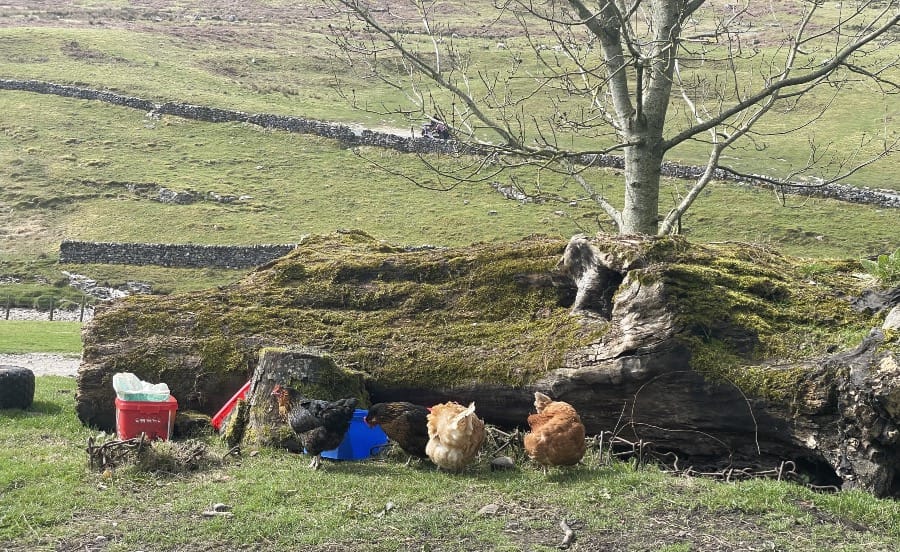
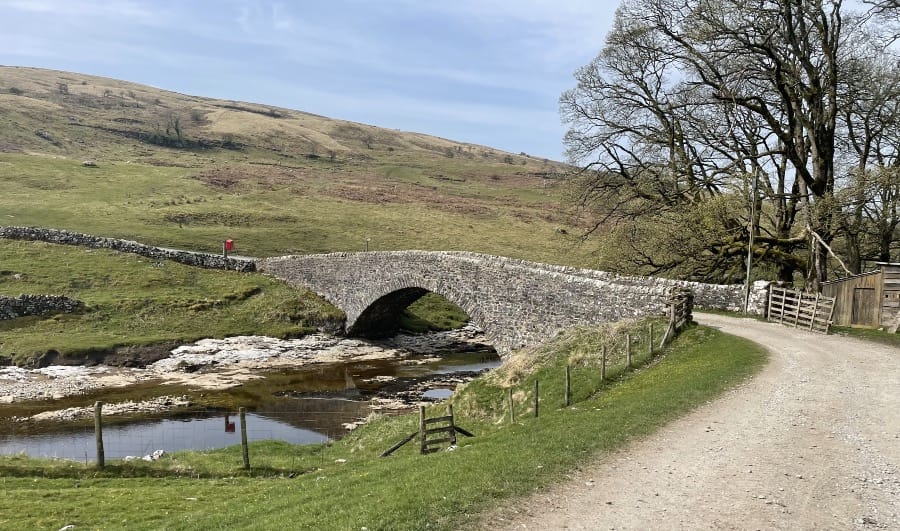
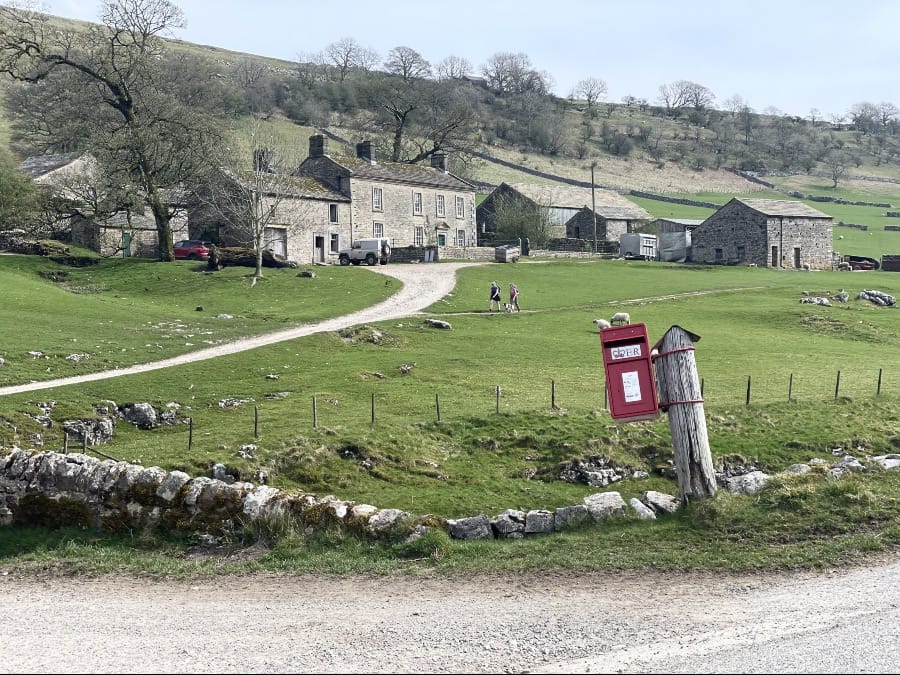
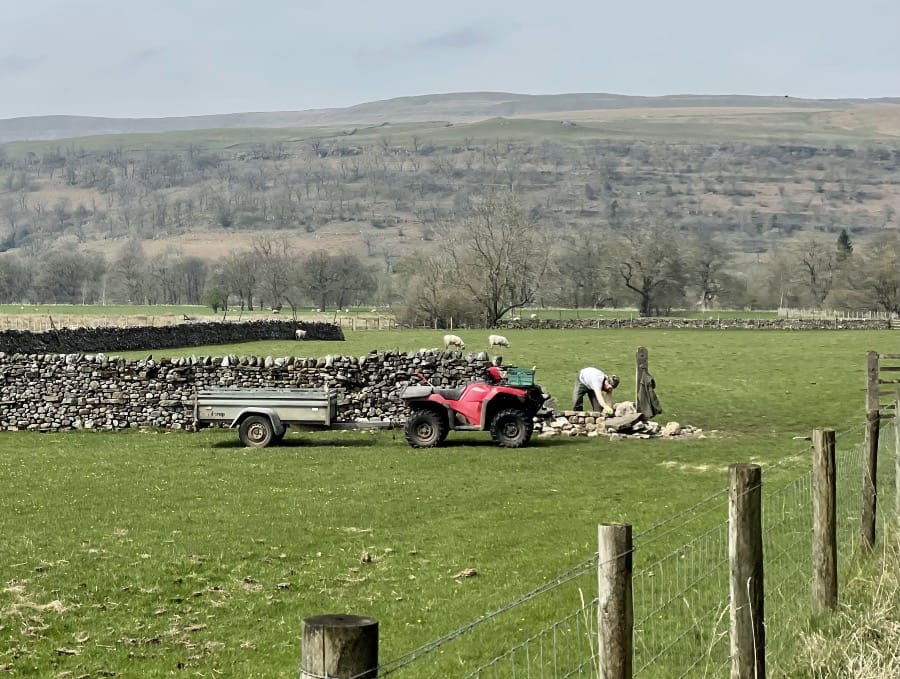
St. Michael and All Angels at Hubberholme
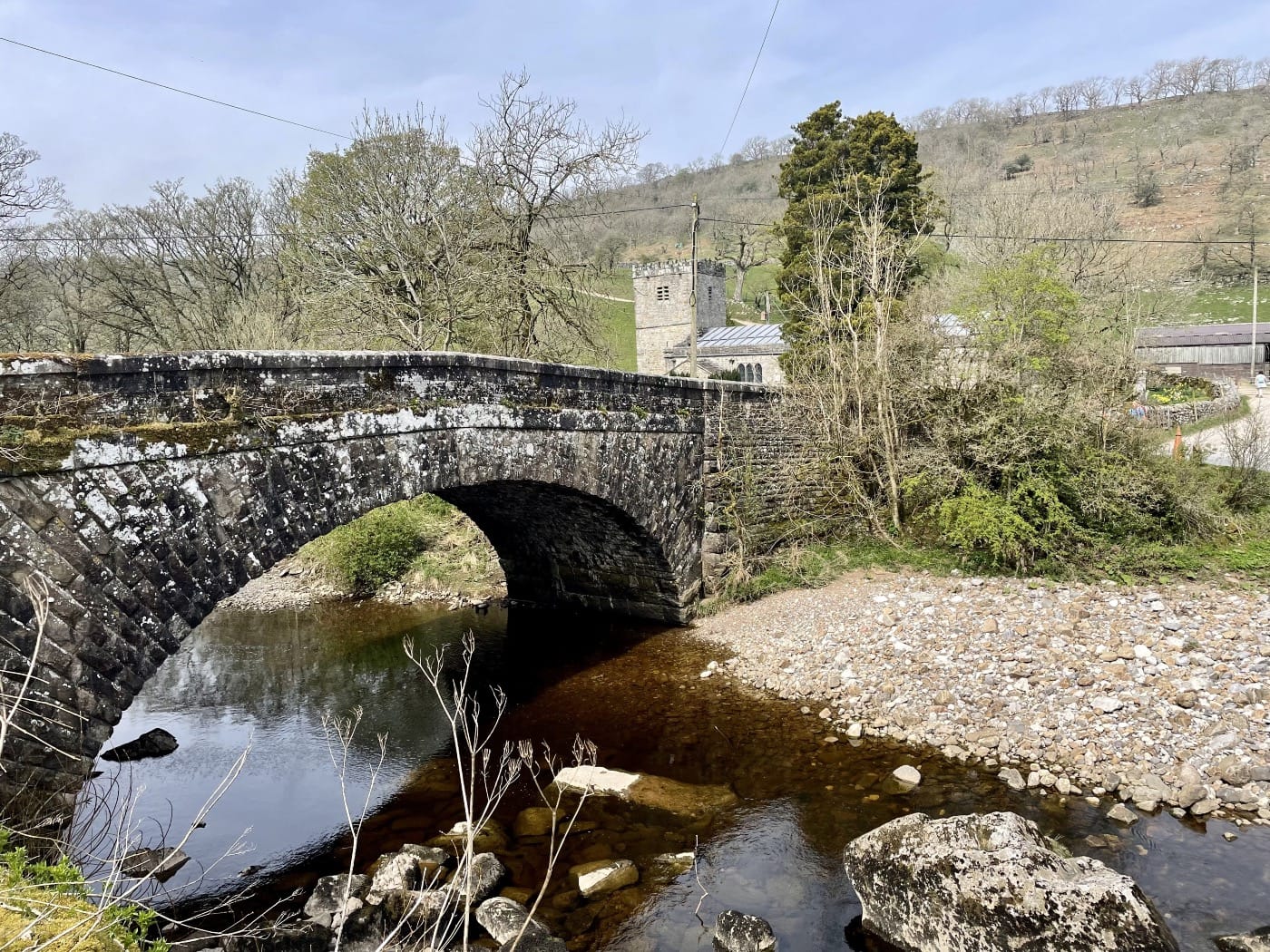
The place where I spun the car next to the bridge in the snow all those years ago.
A delight amongst delights. One of the only churches in the Dales with a rood screen and an odd concoction of a font - perhaps from different periods. Note the Norman bear. Oh, and a lovely bell of 1601.
J. B. Priestley's ashes were scattered here and there is a memorial and information display about his involvement with Hubberholme inside the church.
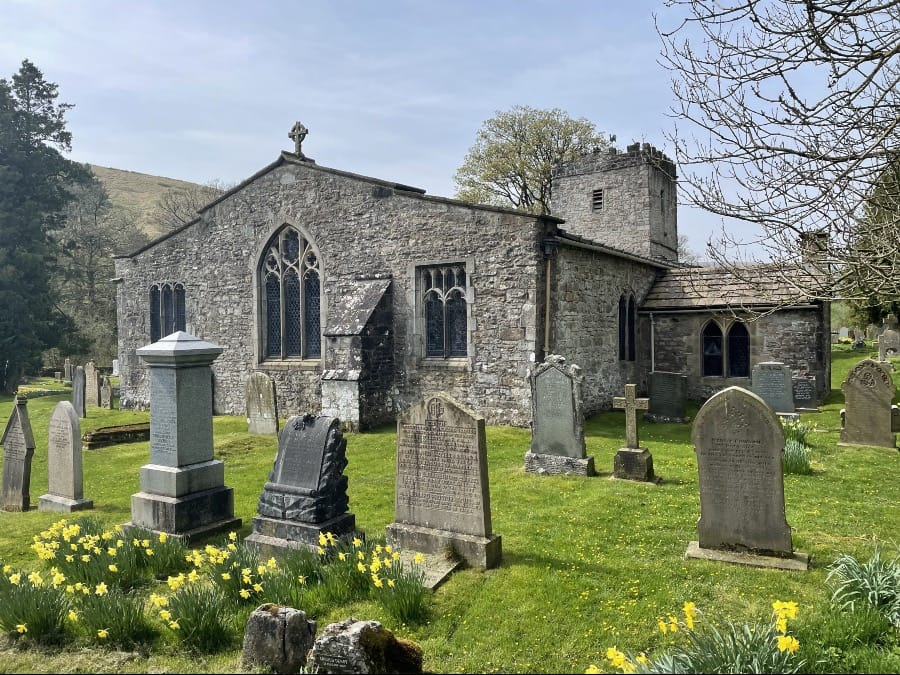
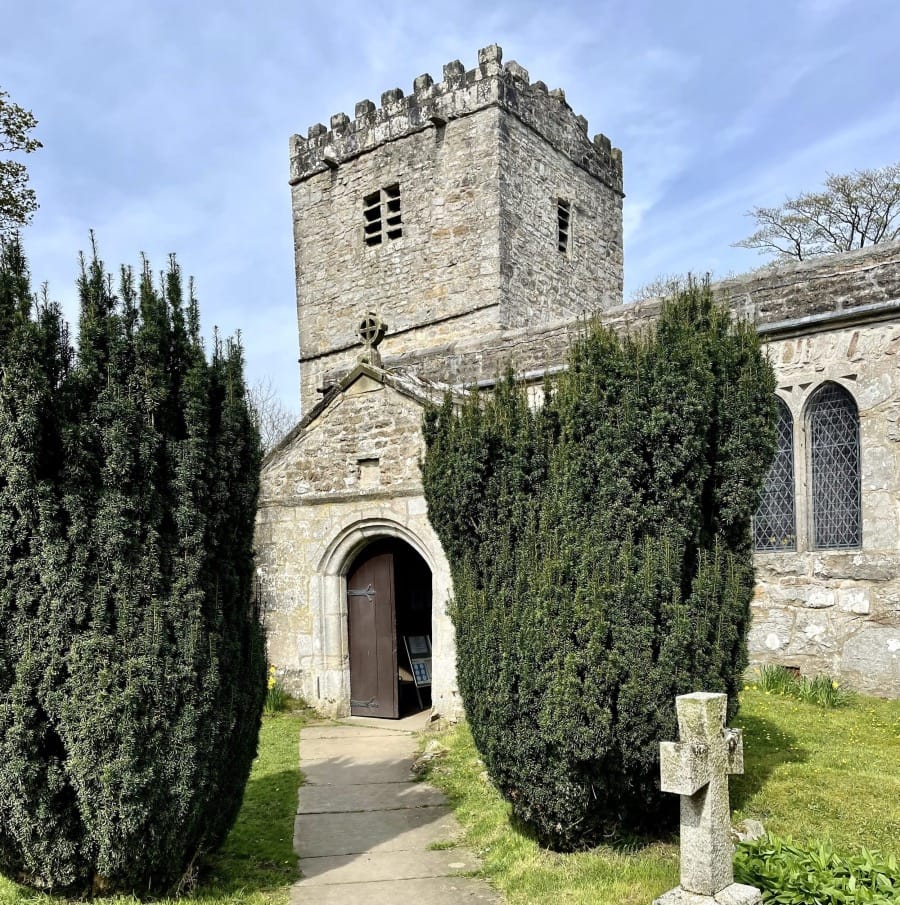
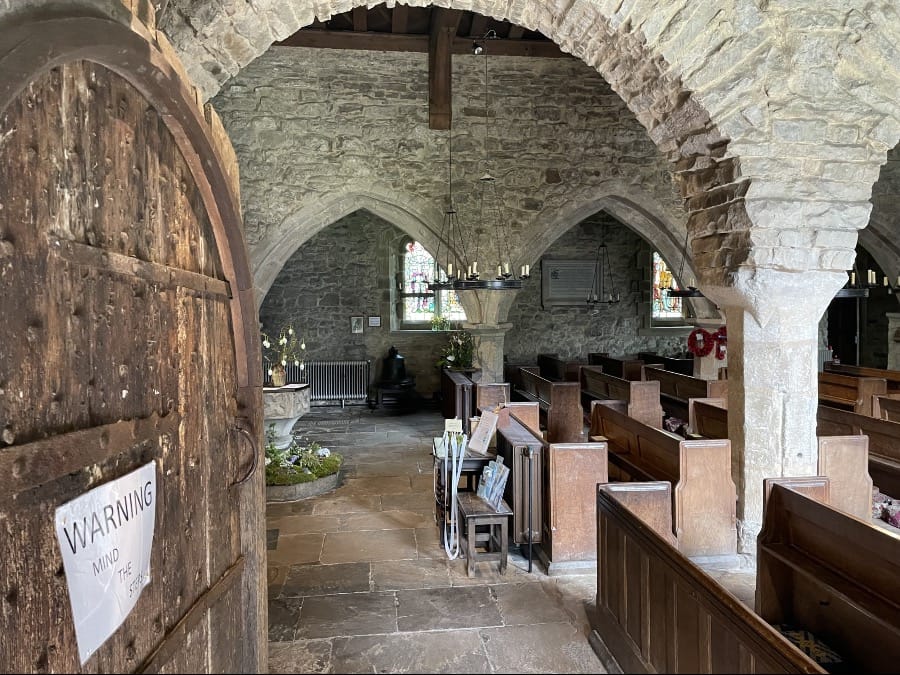
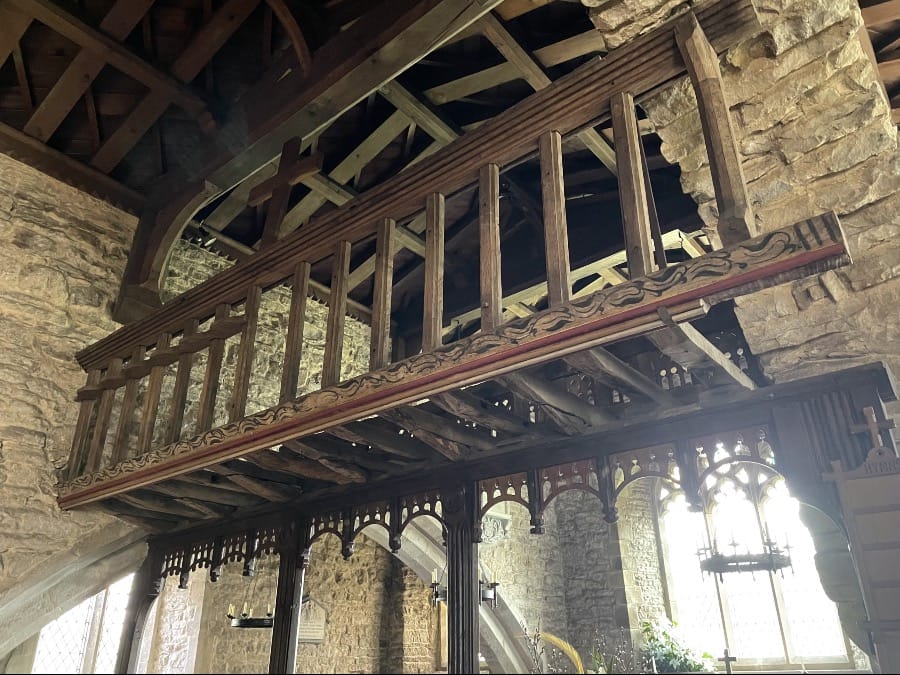
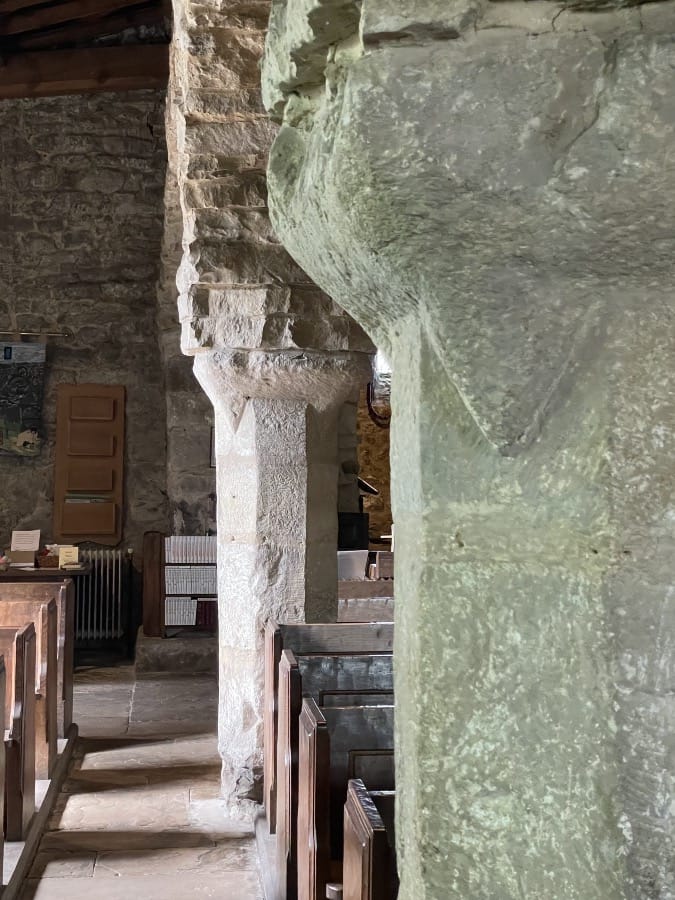
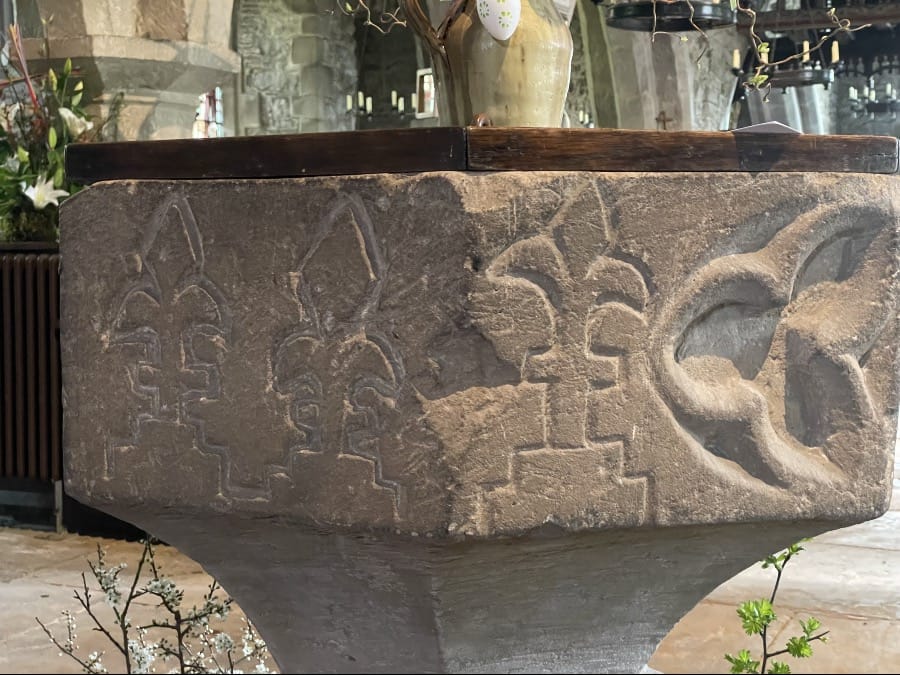
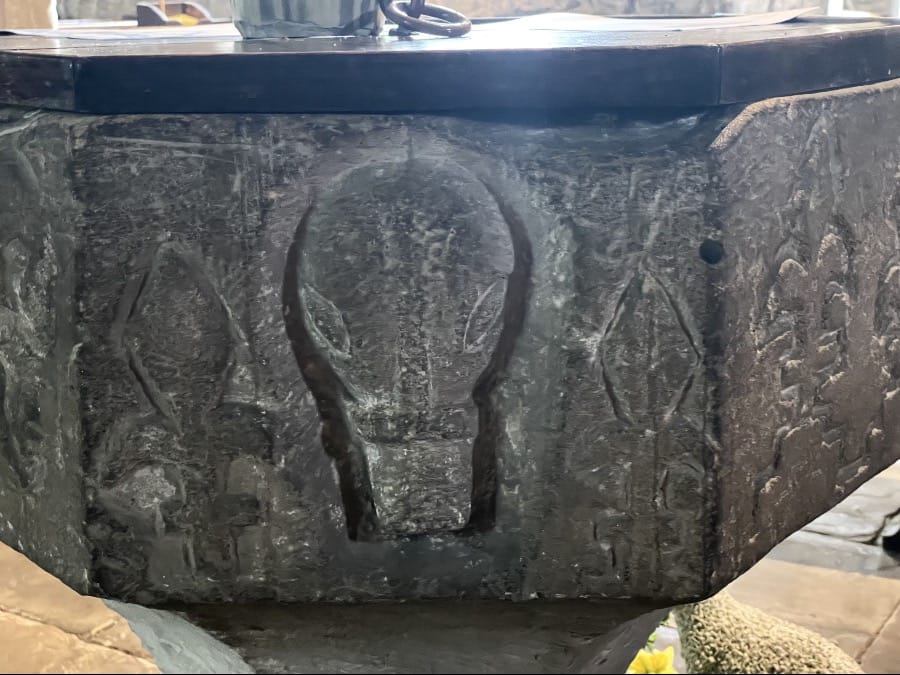
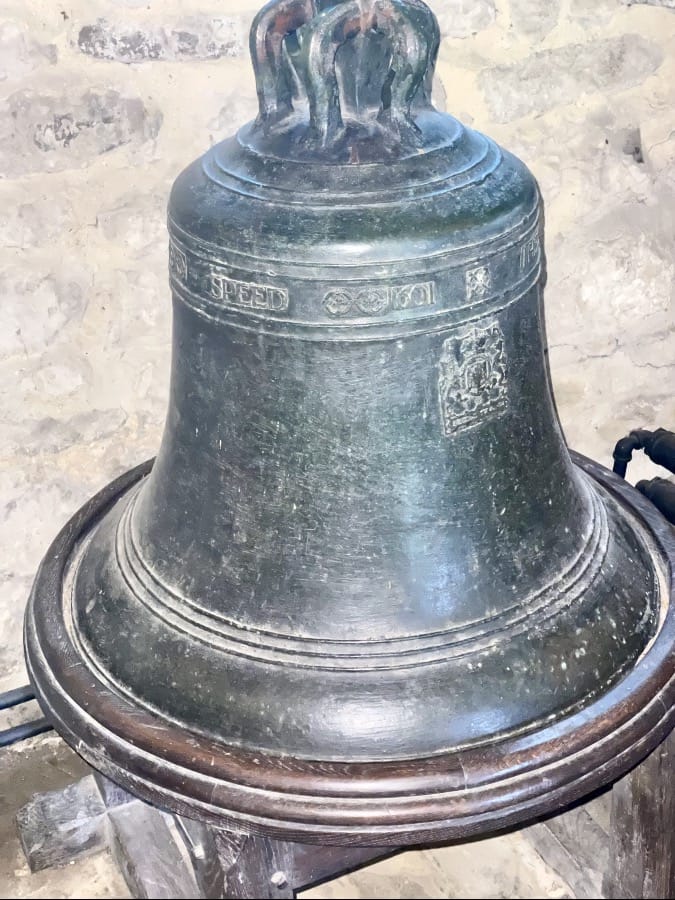
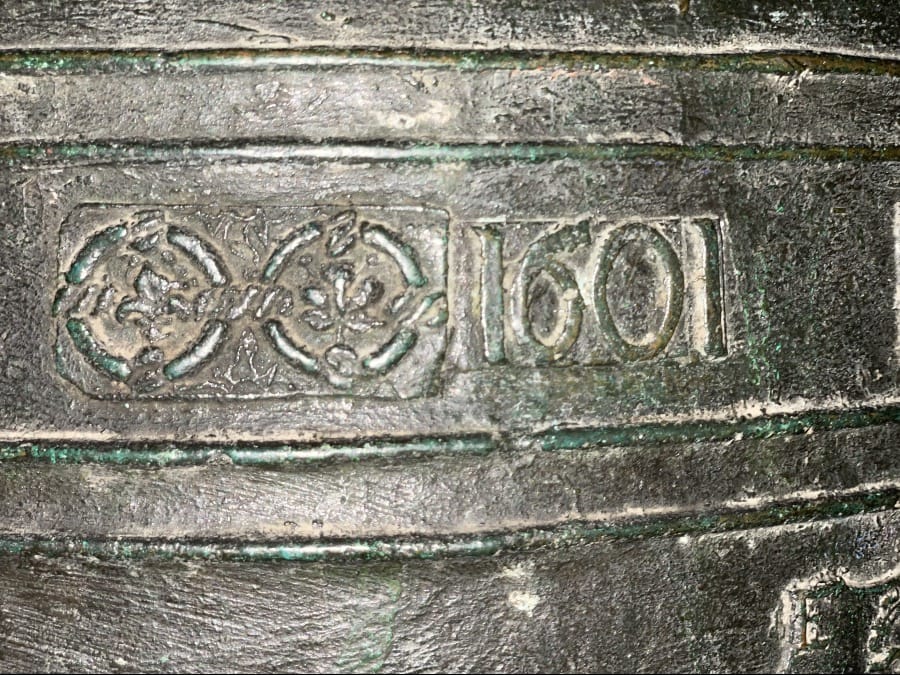
The George Inn
The George Inn was formerly the vicarage to the church. A haunt of J. B. Priestley who described Hubberholme as 'the smallest and pleasantest place in the world.'
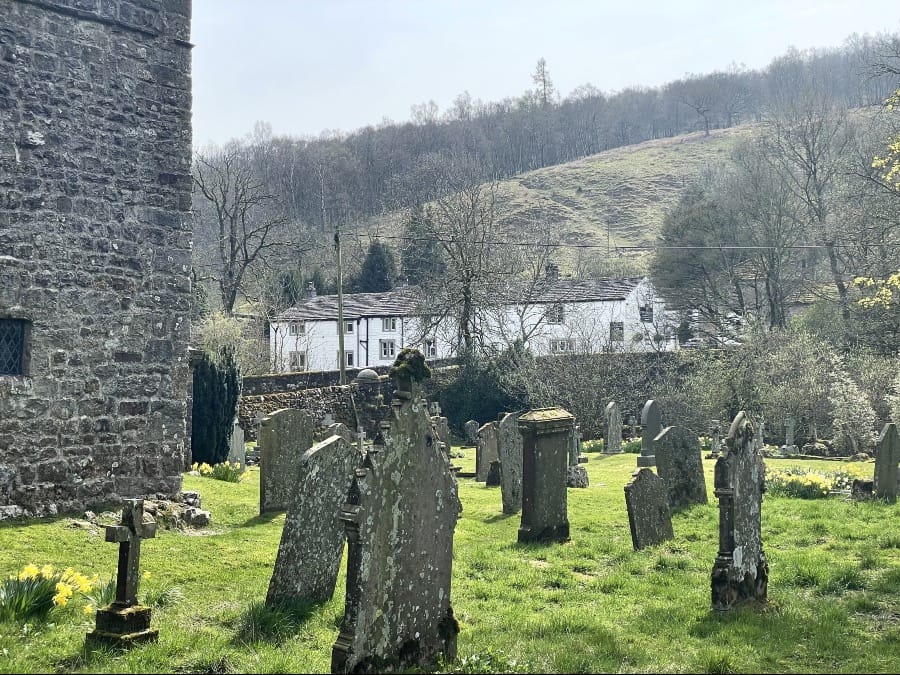
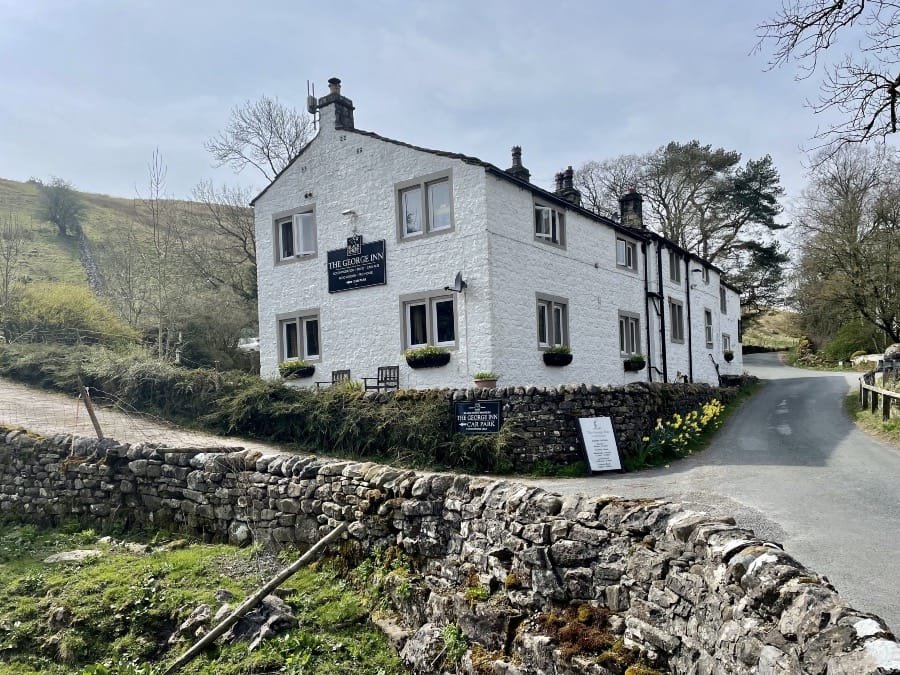
The Buckden Loop
This is a deeply satisfying walk because all the senses are piqued. It should be beautiful with the autumn leaves this time of year.
Firstly, it isn't too rigorous (but you need to be reasonably fit). It takes in a couple of miles along Langstrothdale. Secondly, there is our tryptic of villages to take in with lots of vernacular goodness: Buckden, Yockenthwaite and Hubberholme. The walk is around 7 miles long and there is reasonable parking at Buckden (Pay and Display).
Cowside is about another mile up the dale from Yockenthwaite and viewable from the roadside (although the farmstead isn't accessible to the public).
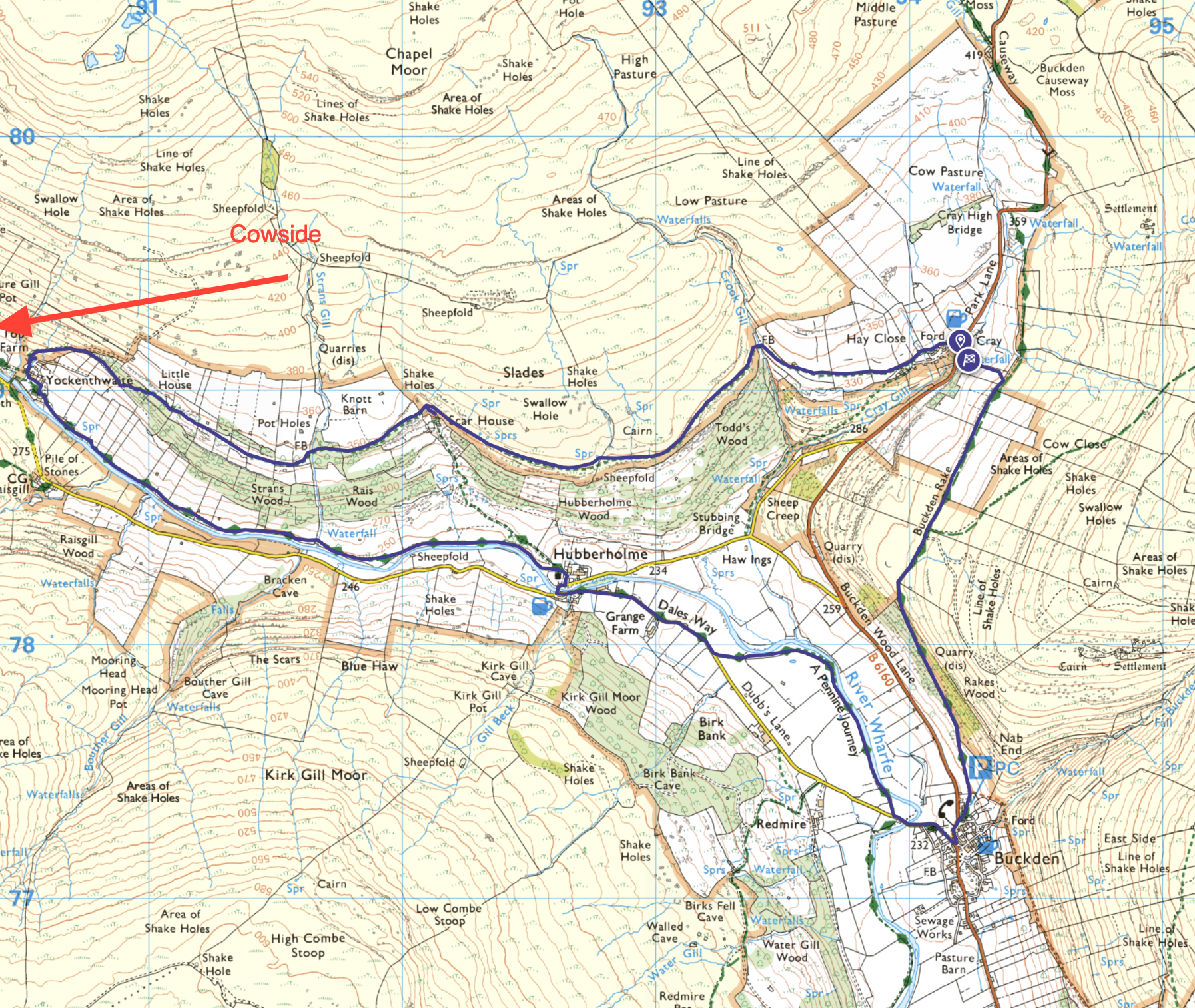
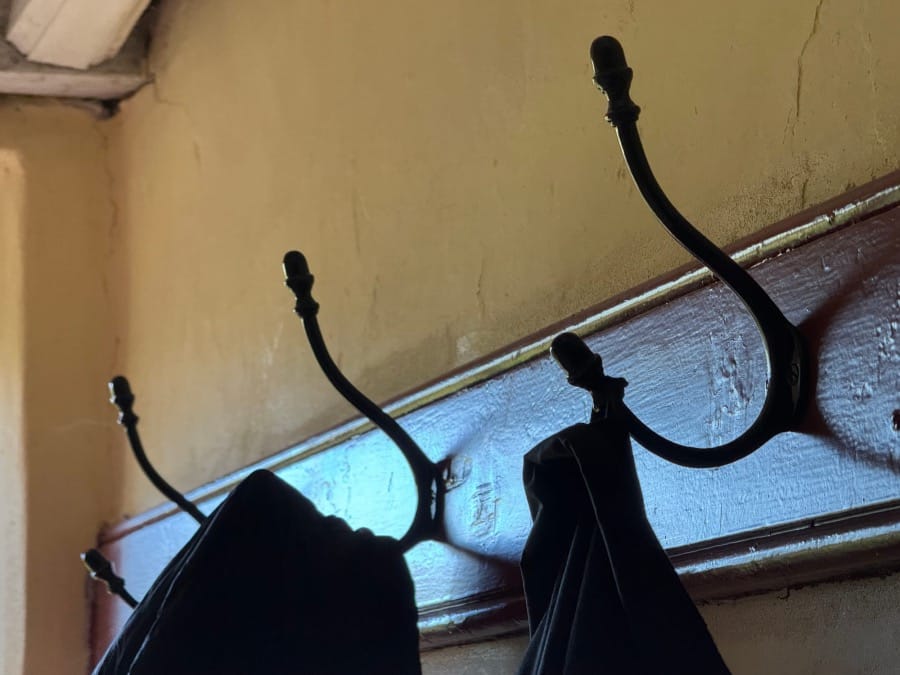
You can stay at Cowside! - more information here.
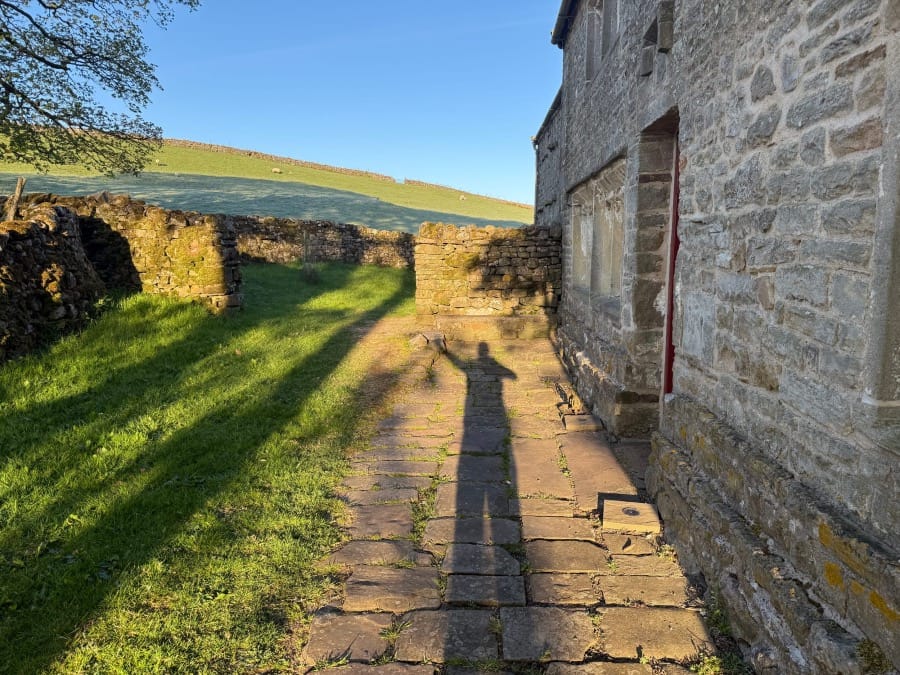
For Members - Cowside Video (Exterior and Interior)
Something to whet the appetite for next weeks digest.
Click to View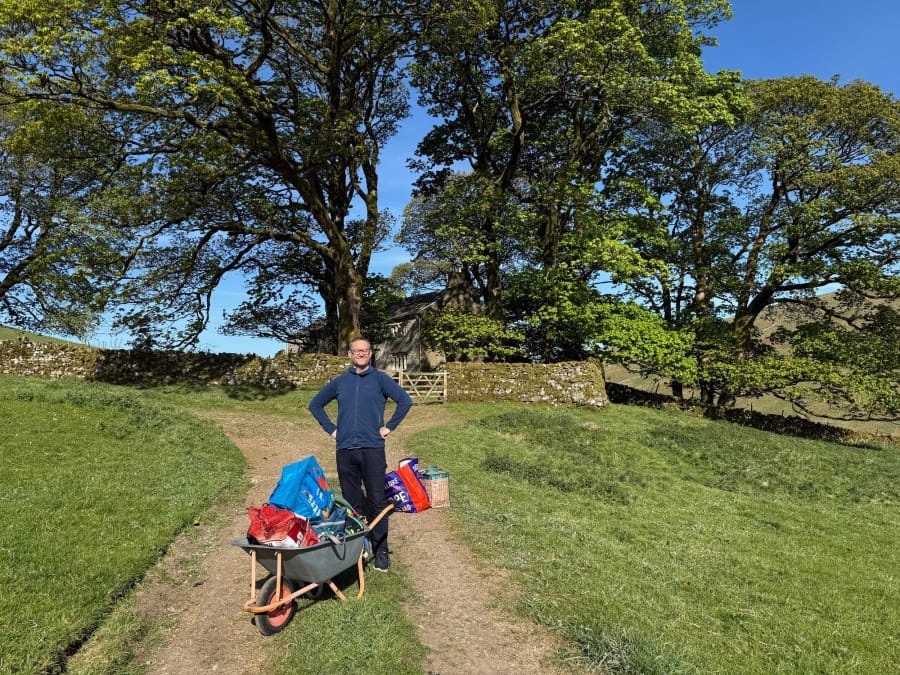
Kind words about the Genius Loci Digest
To receive your Digest is to take a long drink from a cool stream on a hot day. Your beautiful word paintings take me to places I'd forgotten. Thank you. Chris
Recent Digest Sponsors:
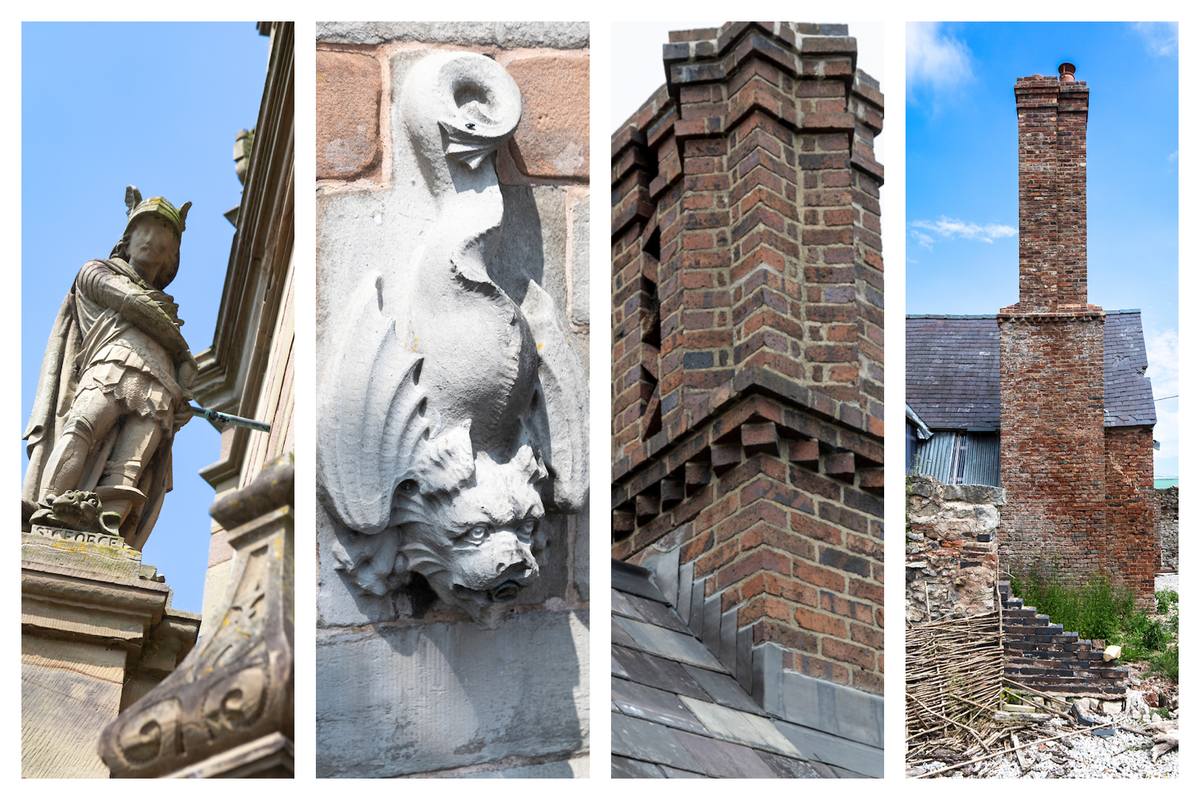
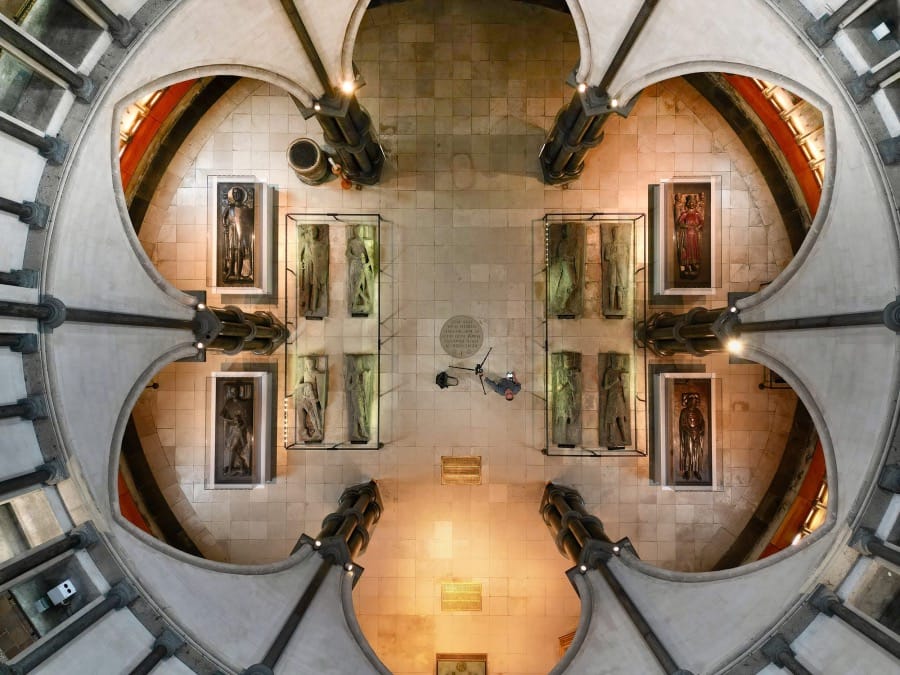
Coming soon: Photographing Temple Church, London
Built by the Knights Templar as their English HQ.

Thank You!
Photographs and words by Andy Marshall (unless otherwise stated). Most photographs are taken with Iphone 16 Pro and DJI Mini 3 Pro.
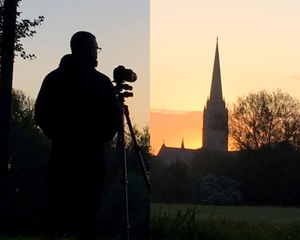
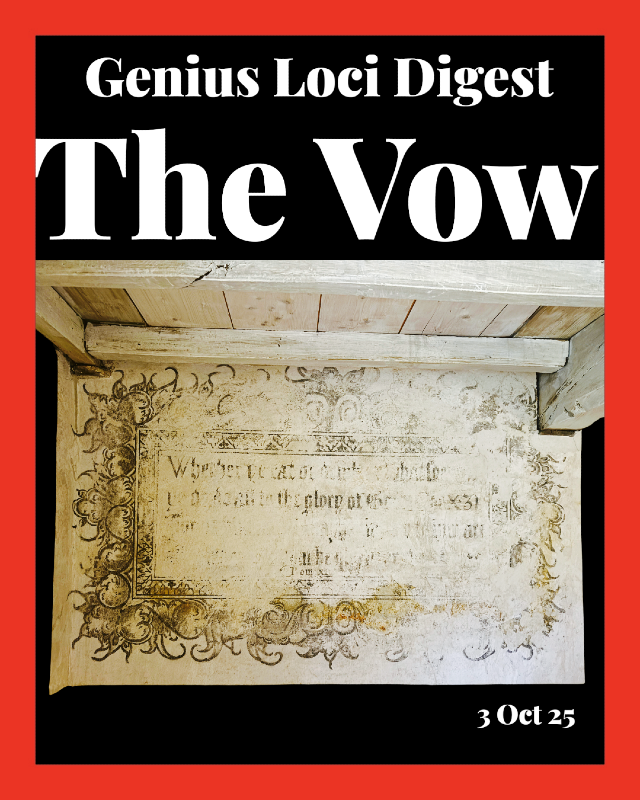
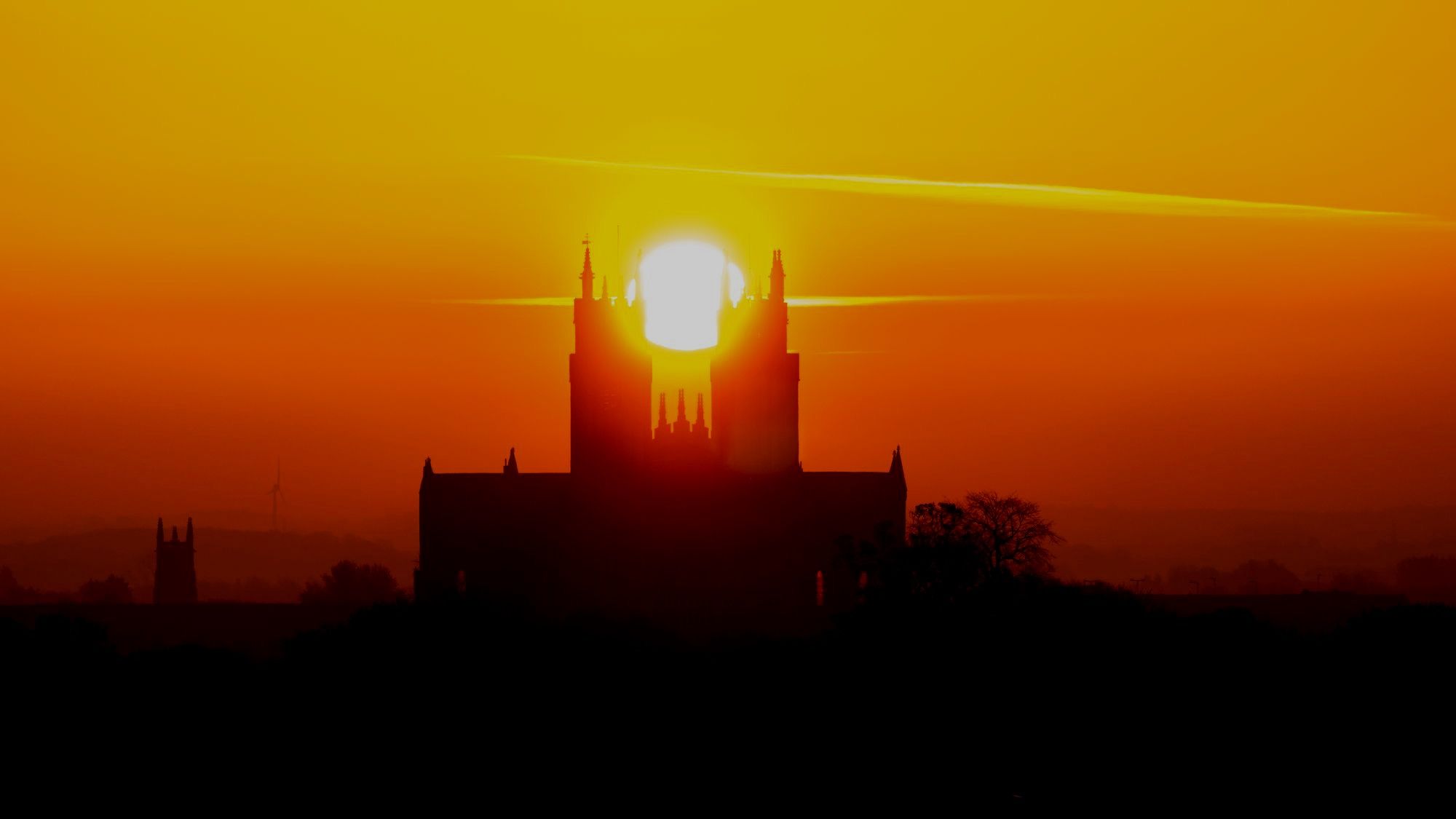
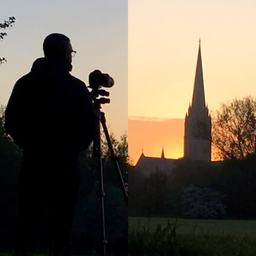


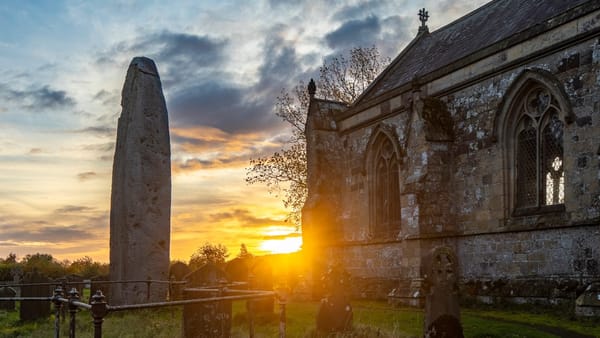
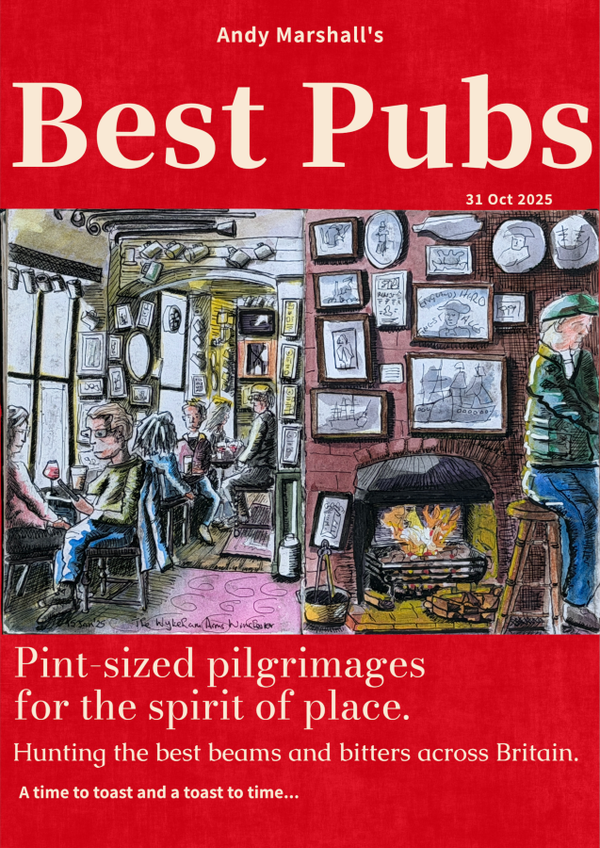
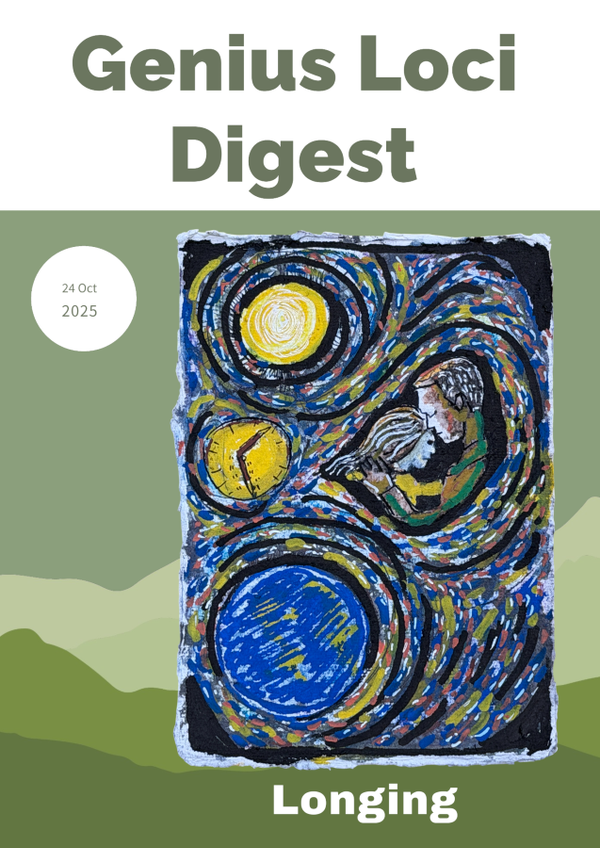
Member discussion